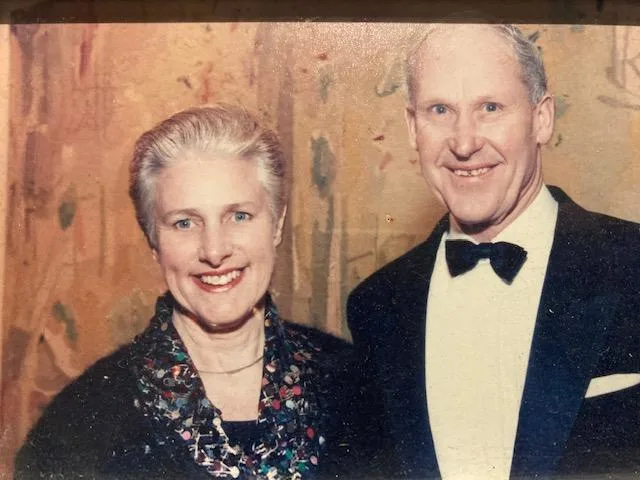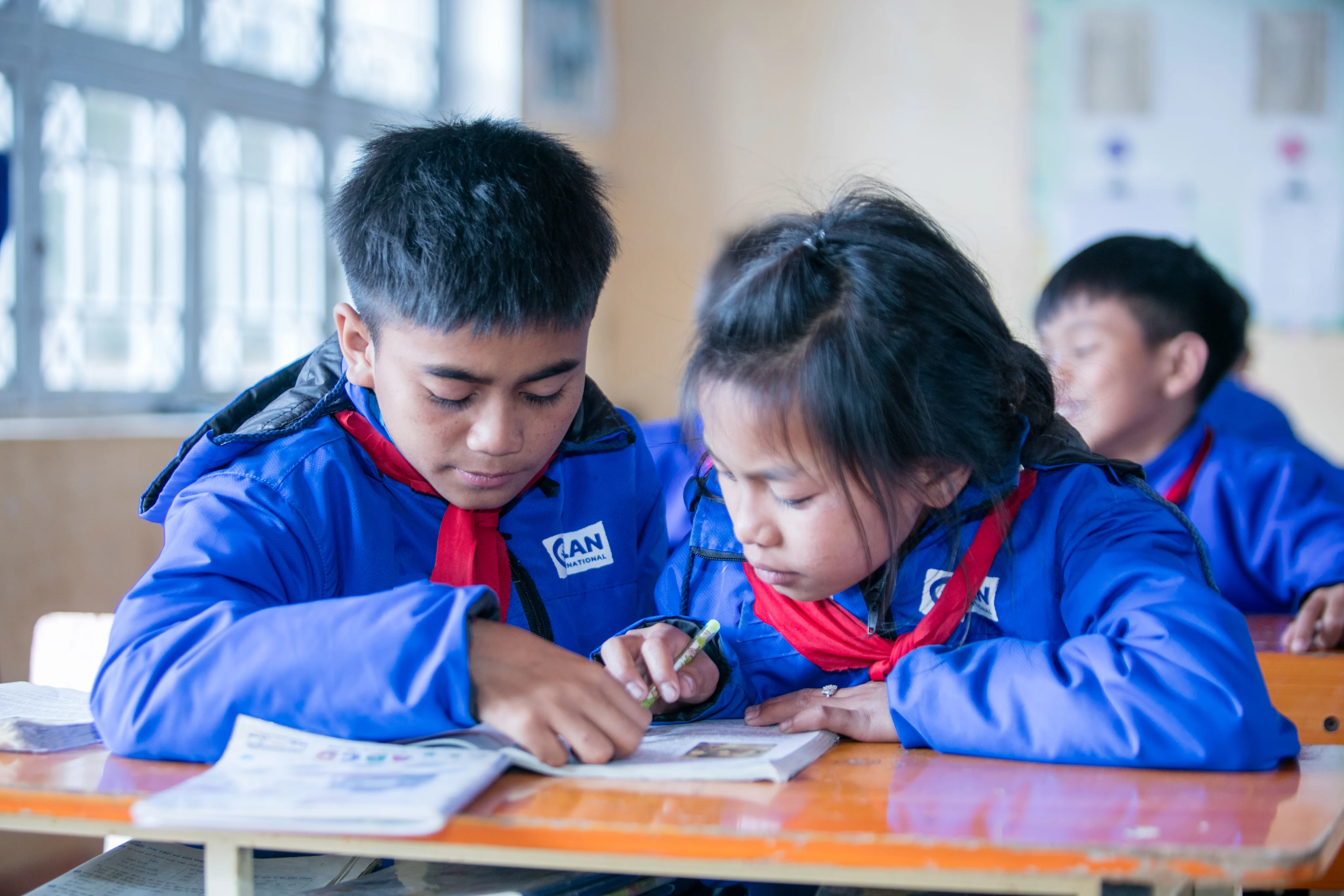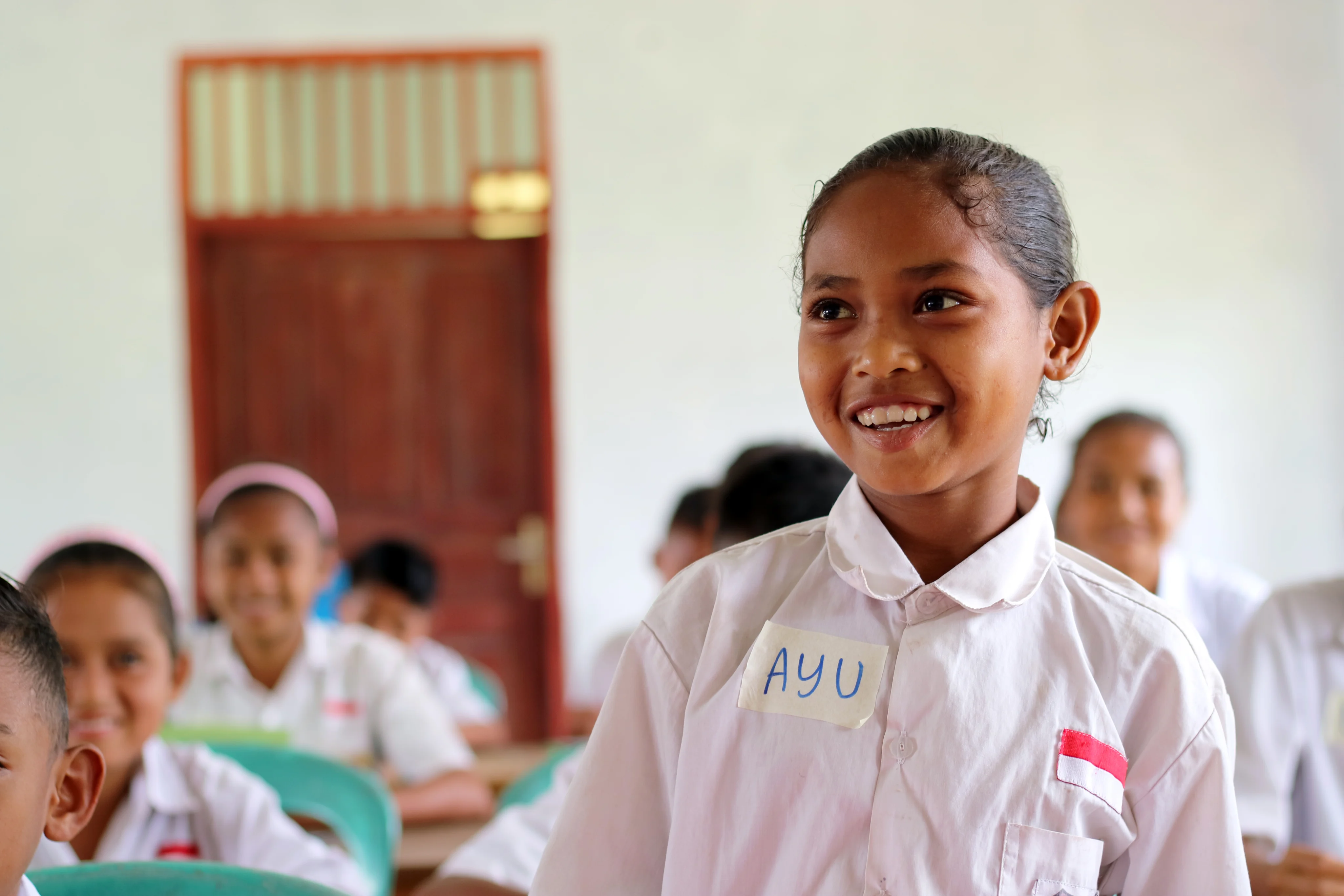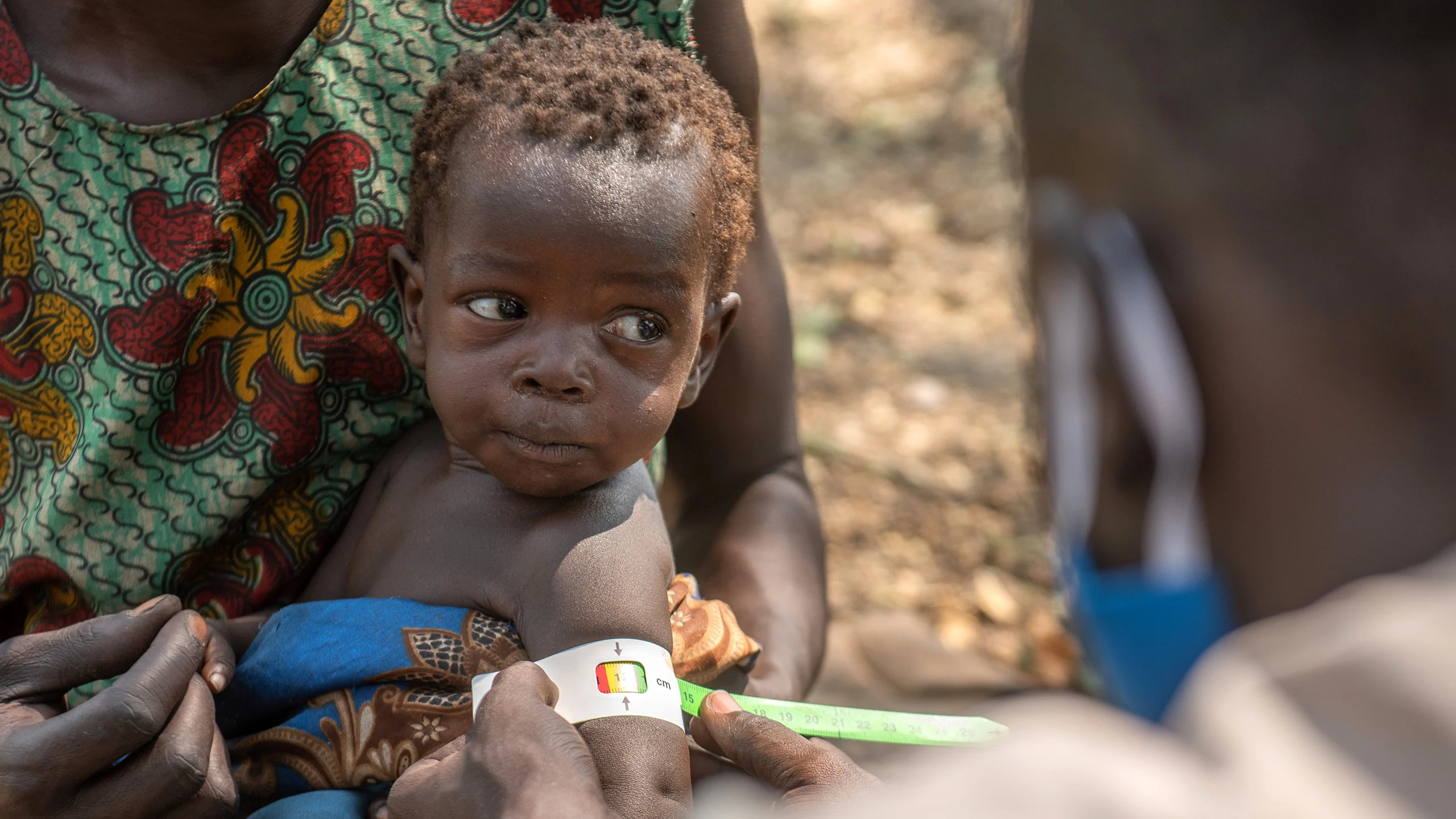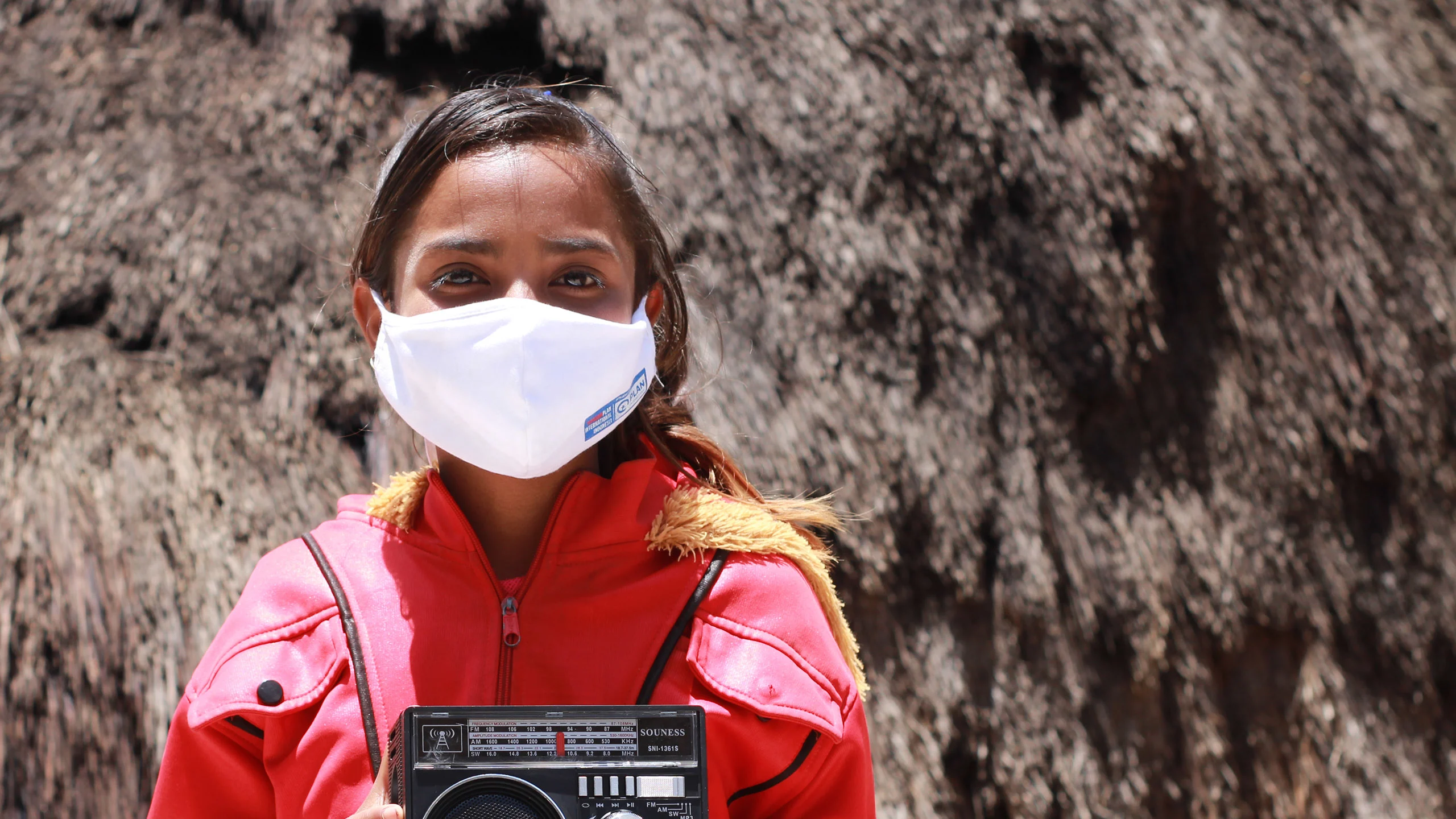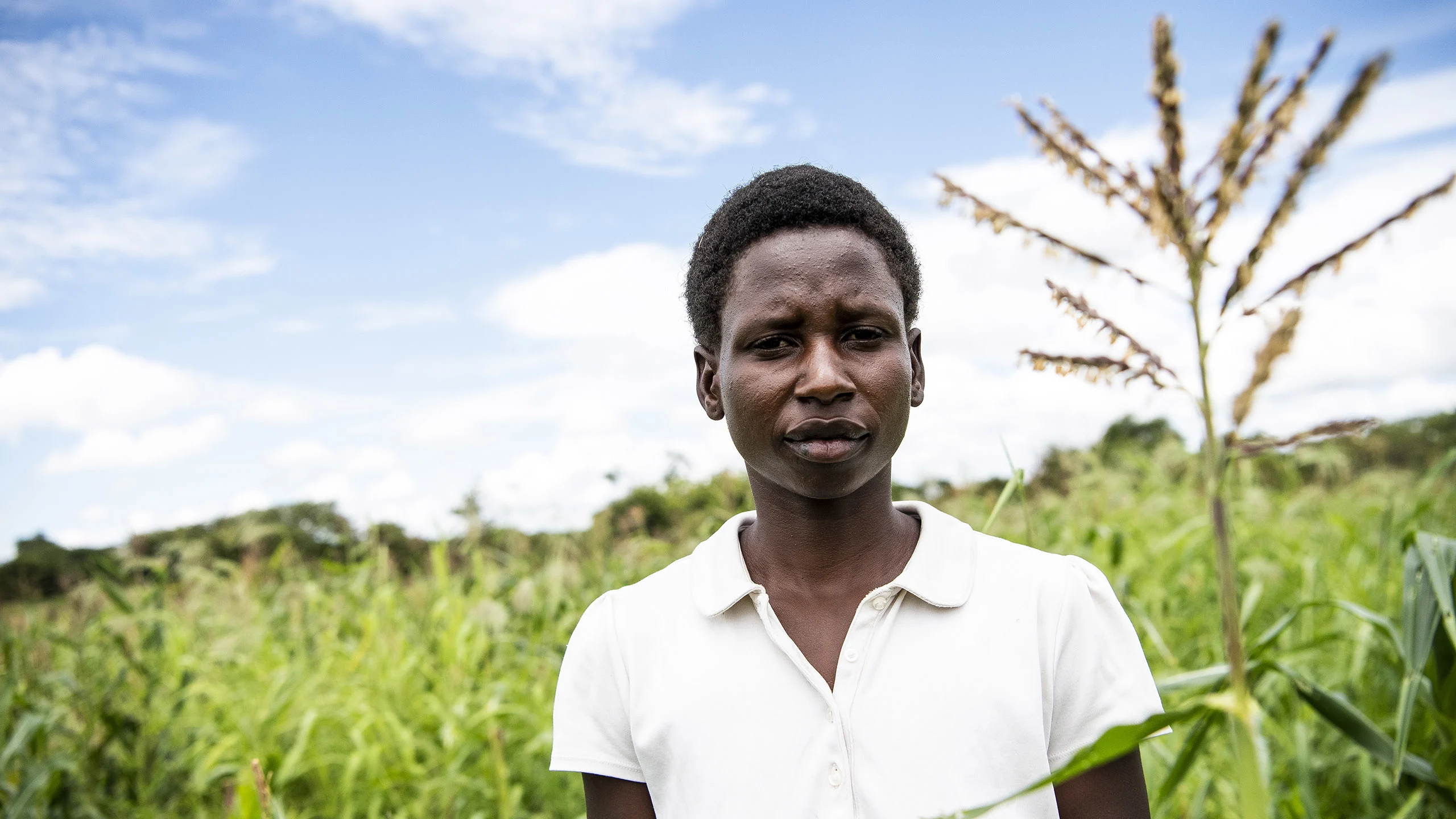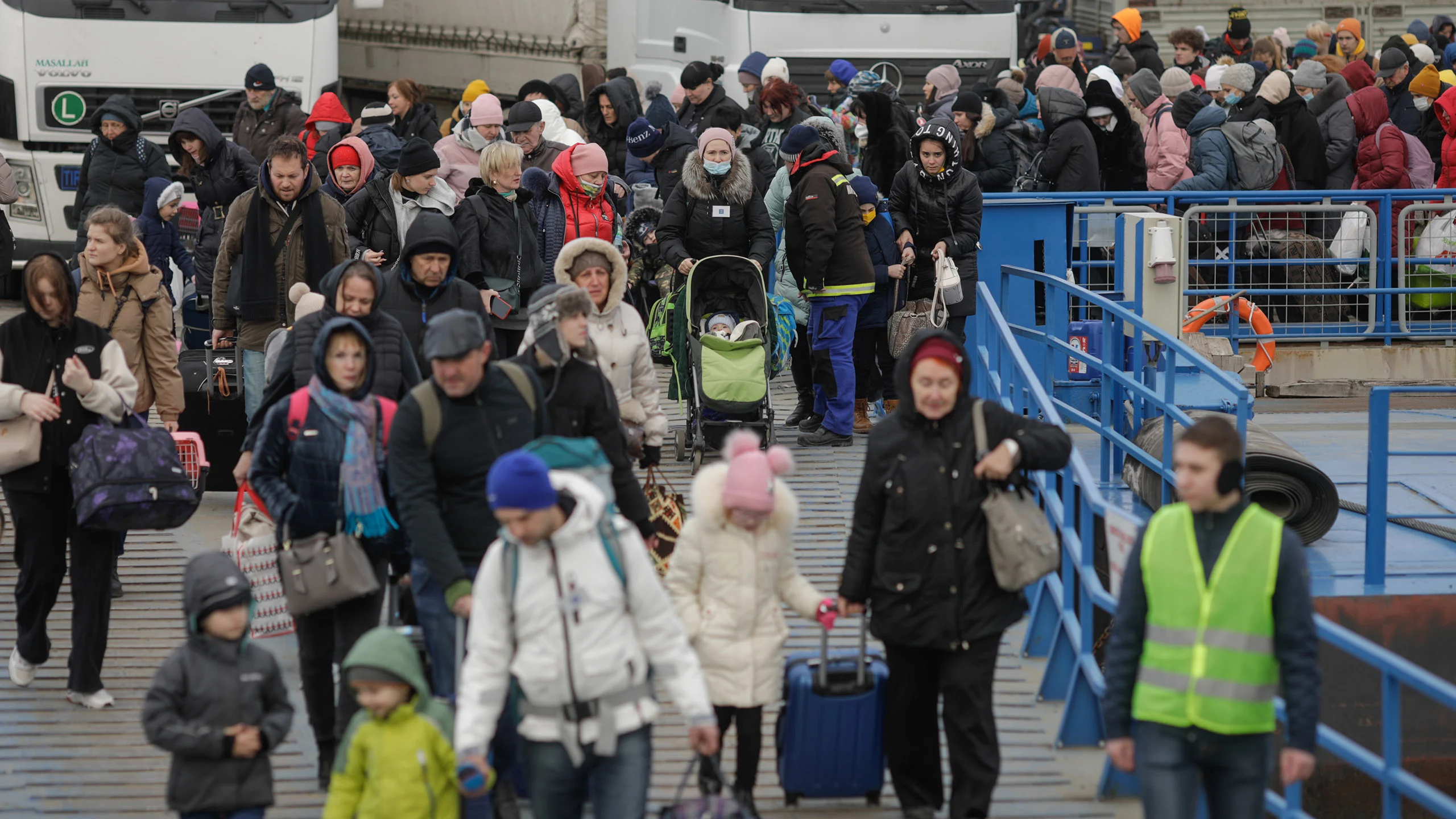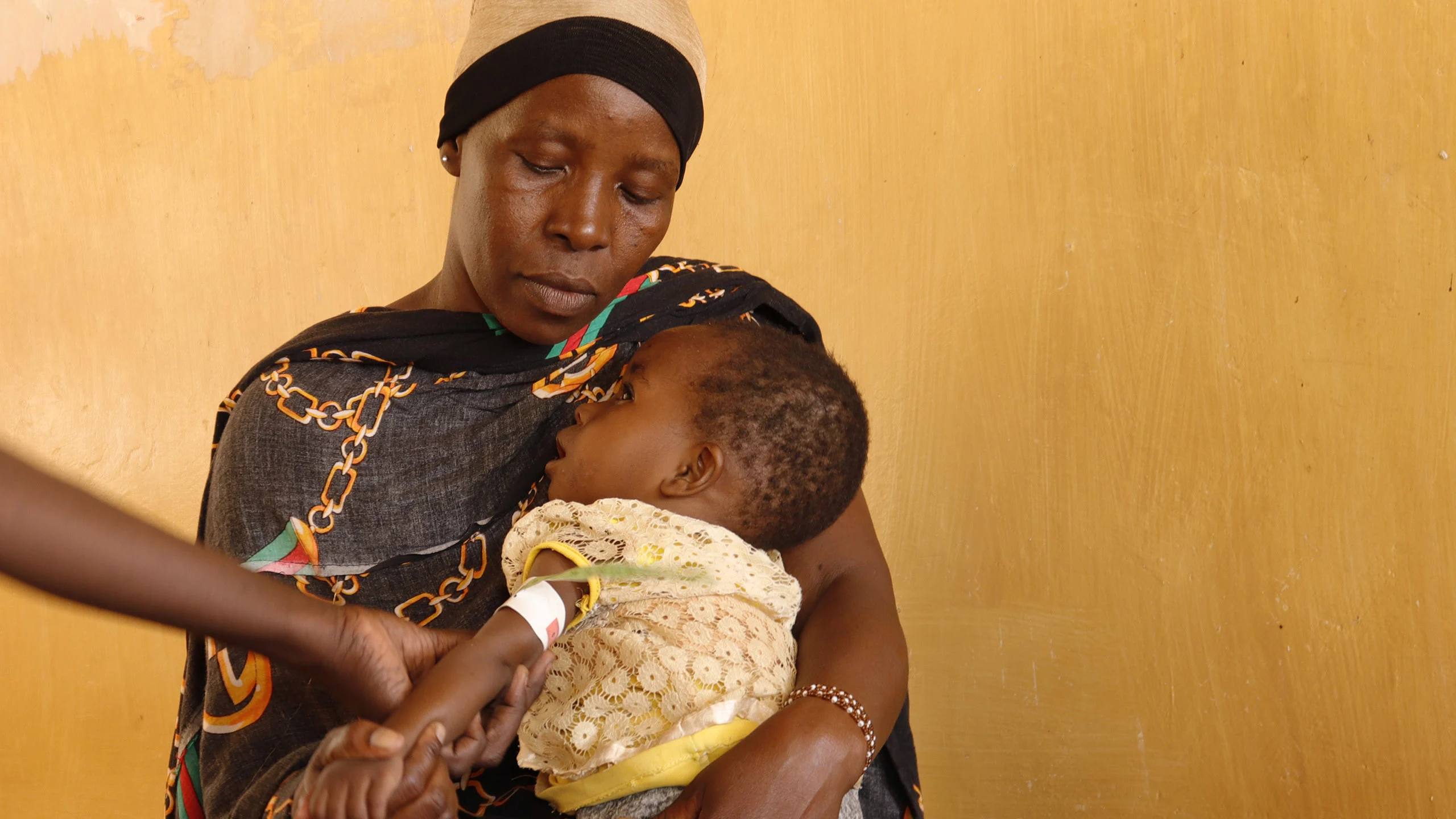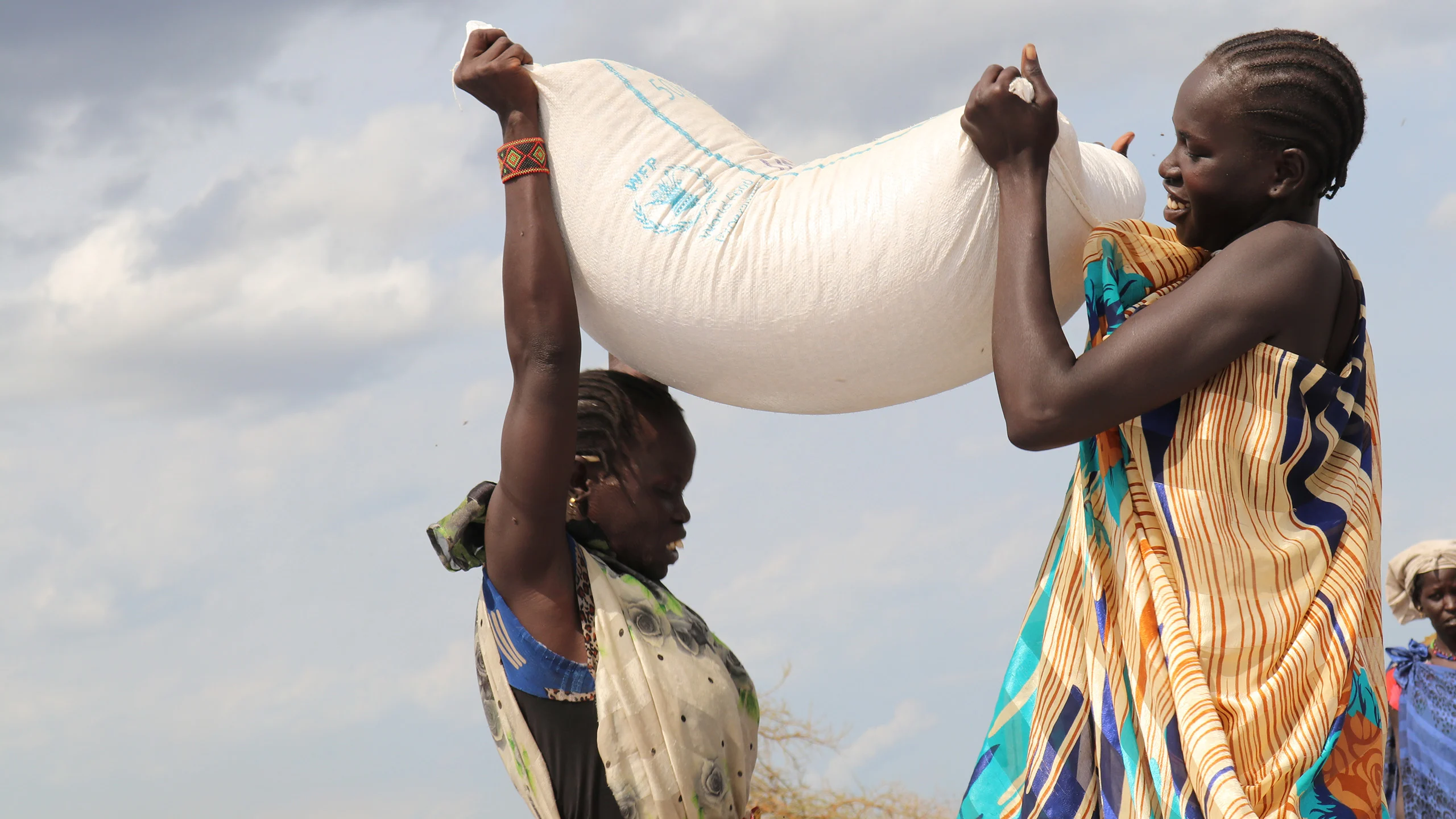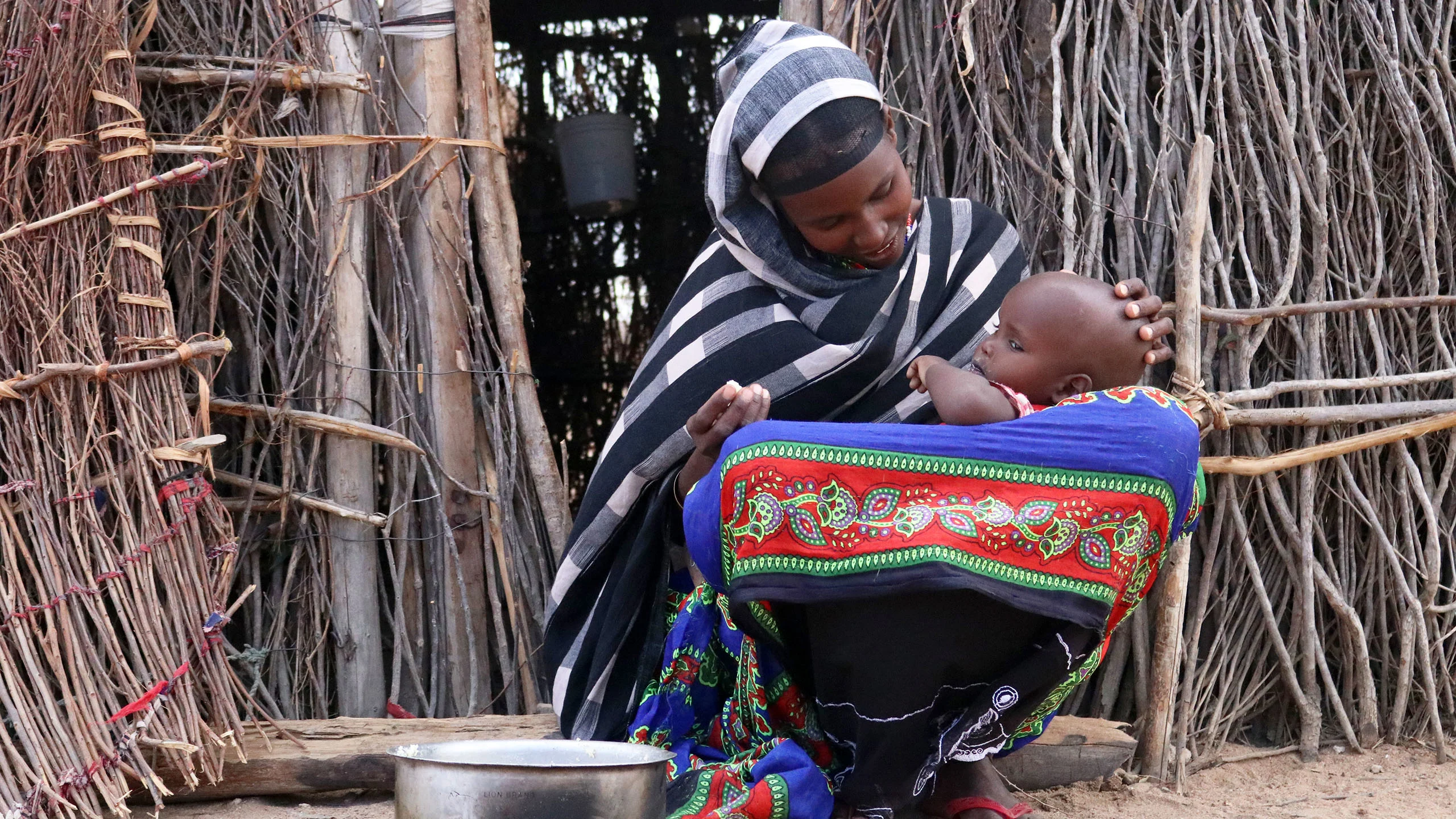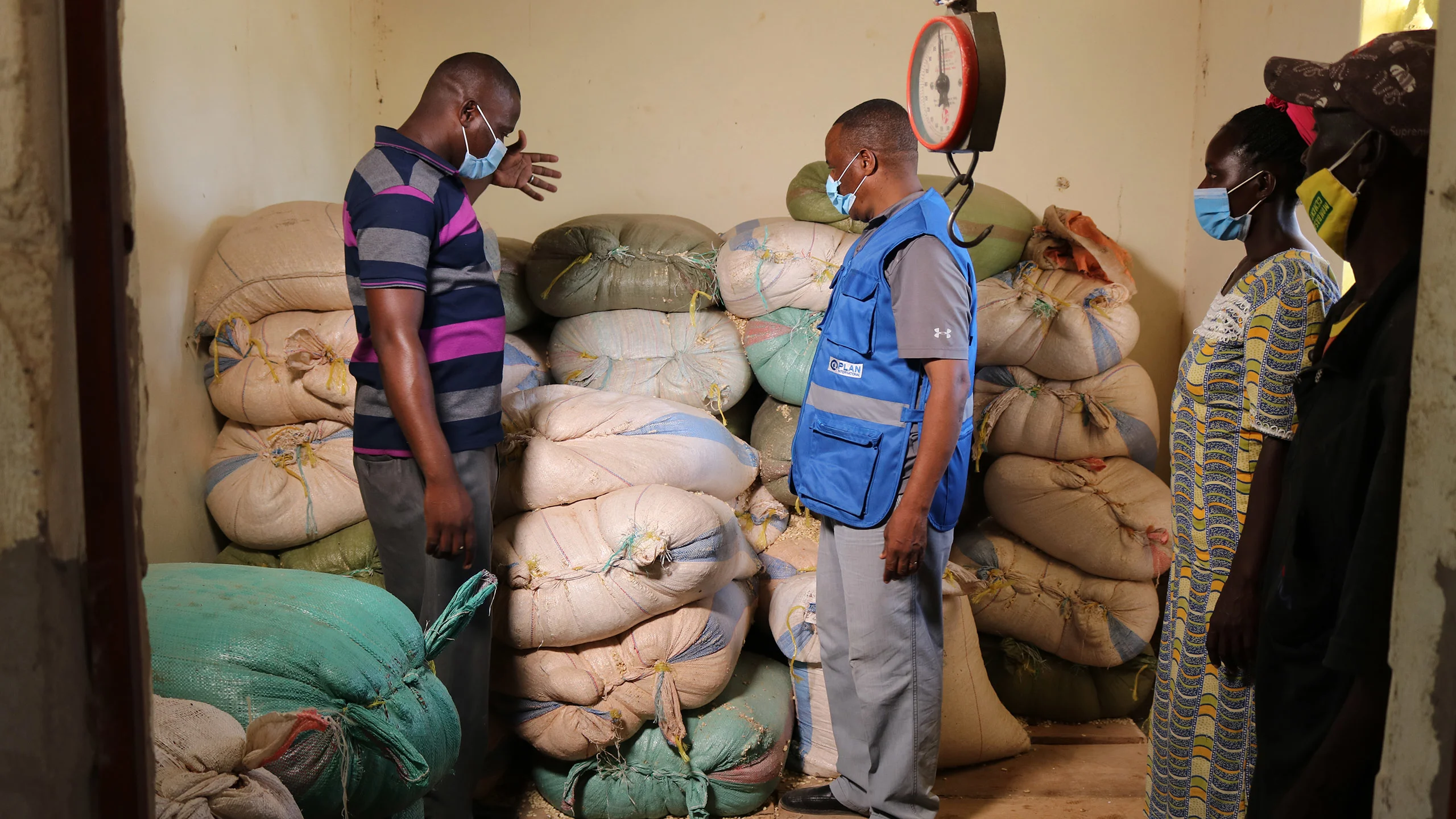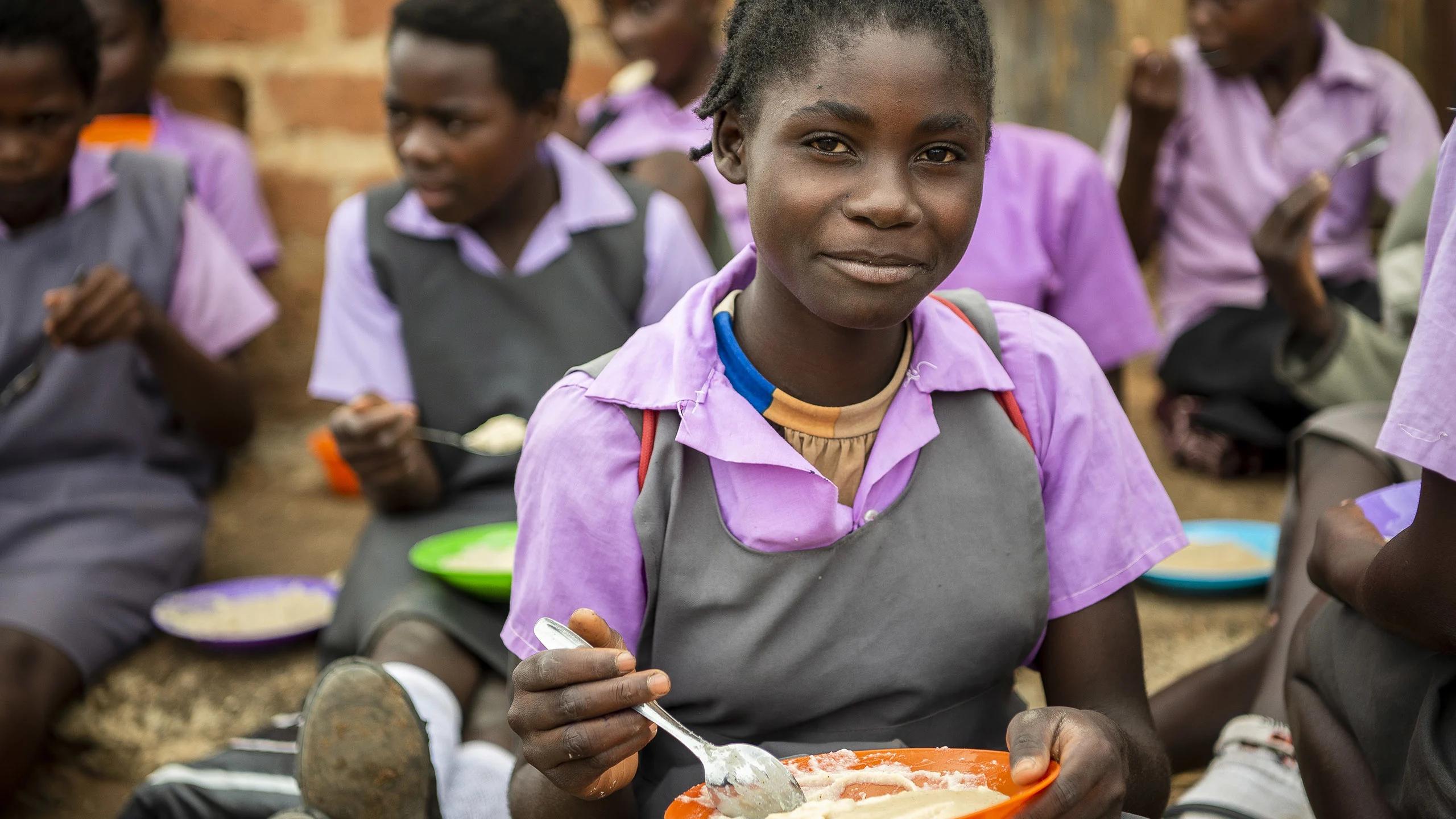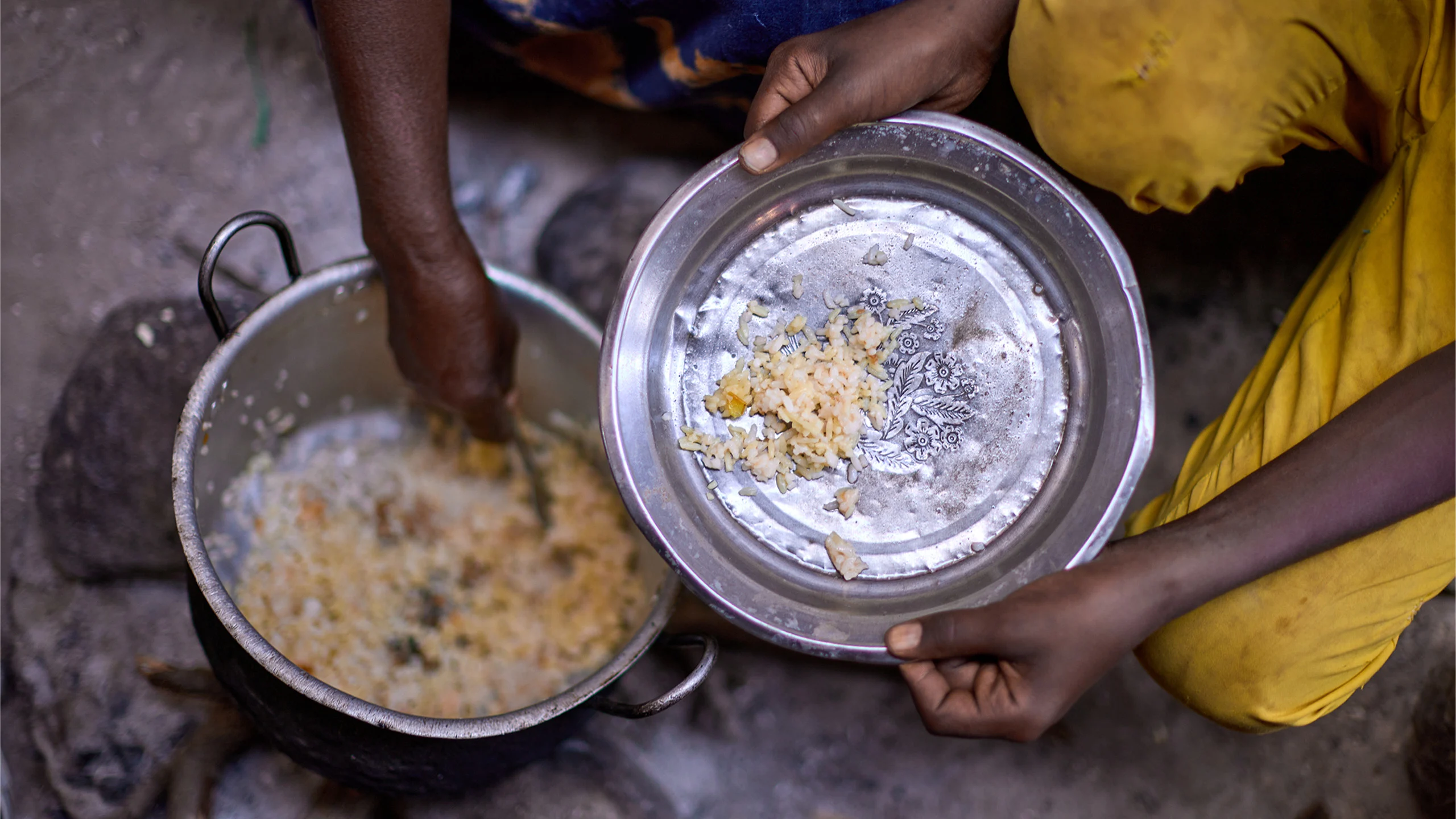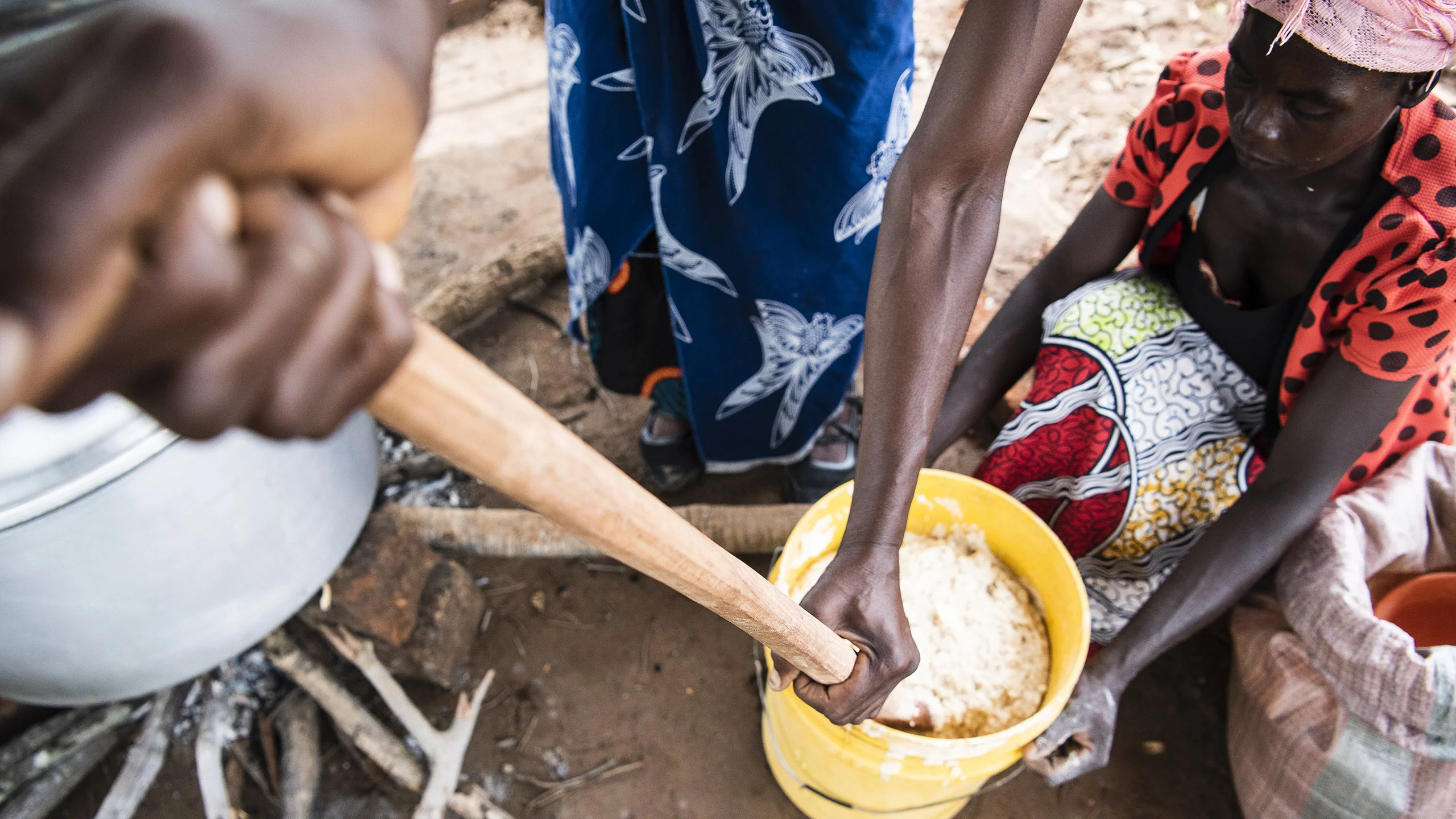13 year-old Awa used to miss school when she had her period. But since new segregated toilets have been installed, she can now manage her periods with safety and dignity.
providing girls with safe and clean toilets in Burkina faso.
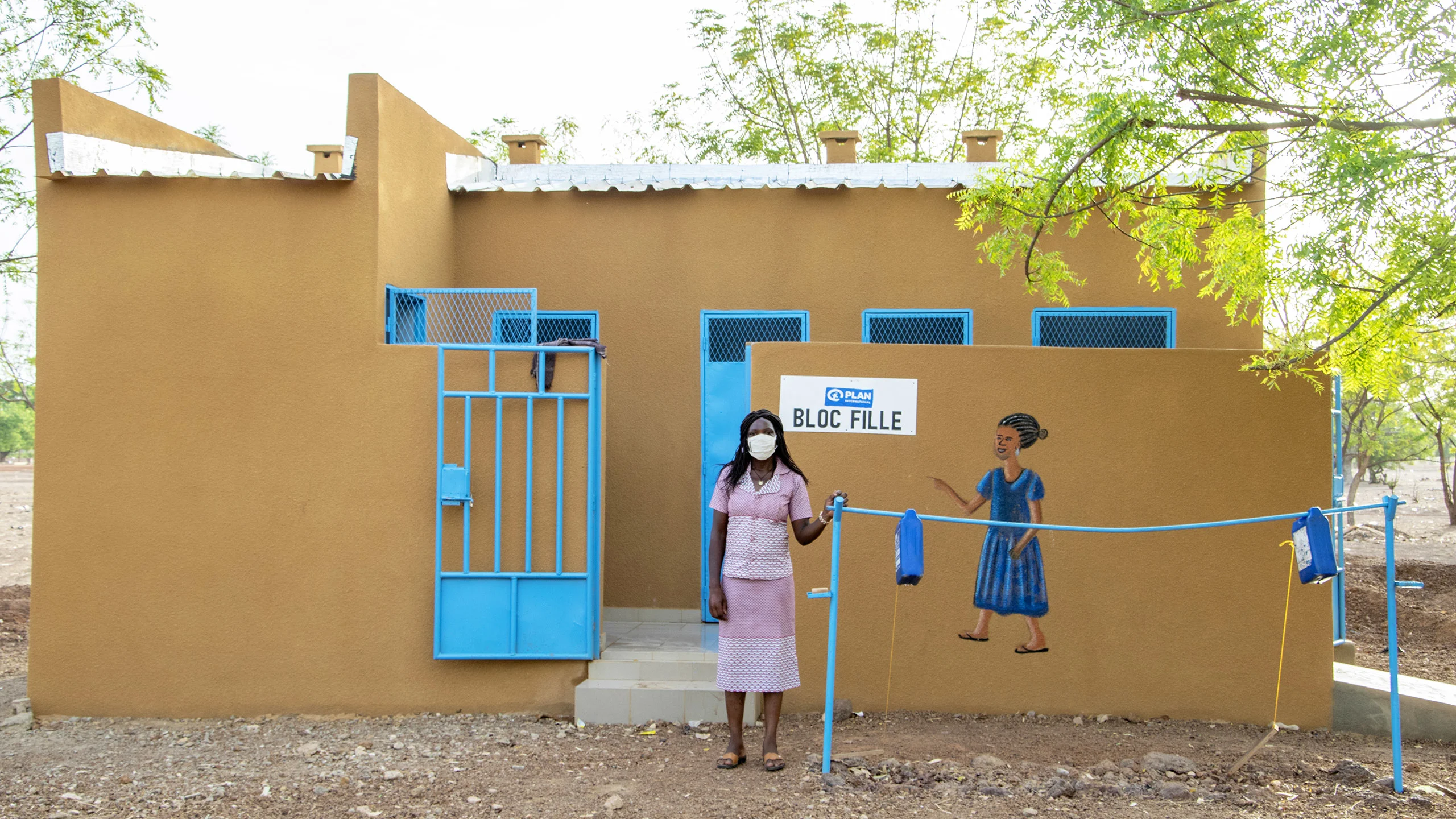
13-year-old Awa remembers having to manage her periods in the bushes near her school in the Centre East region of Burkina Faso.
“When I first came to this school, the latrines were bad. There were no separate latrines for boys and girls.
This lack of a safe place to manage their periods often led to many of Awa’s classmates staying home from school when they had their periods. Access to education in Burkina Faso is already a challenge for girls, with the country facing insecurity and internal displacement. Missing school due to a lack of safe and clean toilets can lead to some girls dropping out of education altogether and never returning, placing them at greater risk of child marriage and other forms of gender-based violence.
Georgette, a teacher at Awa’s school, remembers when menstrual hygiene management was a major challenge for her female students, and how it affected the rest of their lives. “There are so many barriers to girls’ access to education, including child, early and forced marriage and the burden of housework. Before the segregated latrines were installed, many girls would stay at home on their period, and some would end up dropping out altogether. It meant that many girls failed school, especially if their period coincided with exams or assessments.”
With the support of Plan International, Awa’s school has now built separate toilets for girls and boys, as well as installing new hand washing facilities and teaching girls how to make their own reusable pads. The new facilities have meant that girls can now manage their periods in safety and dignity. Awa is thrilled with the change.
“The latrines are brilliant, and we can stay in school when we have our period. We just change our pads in the latrines and go back to class.”
you can help provide communities with access to safe, clean toilets by purchasing a gift of hope.
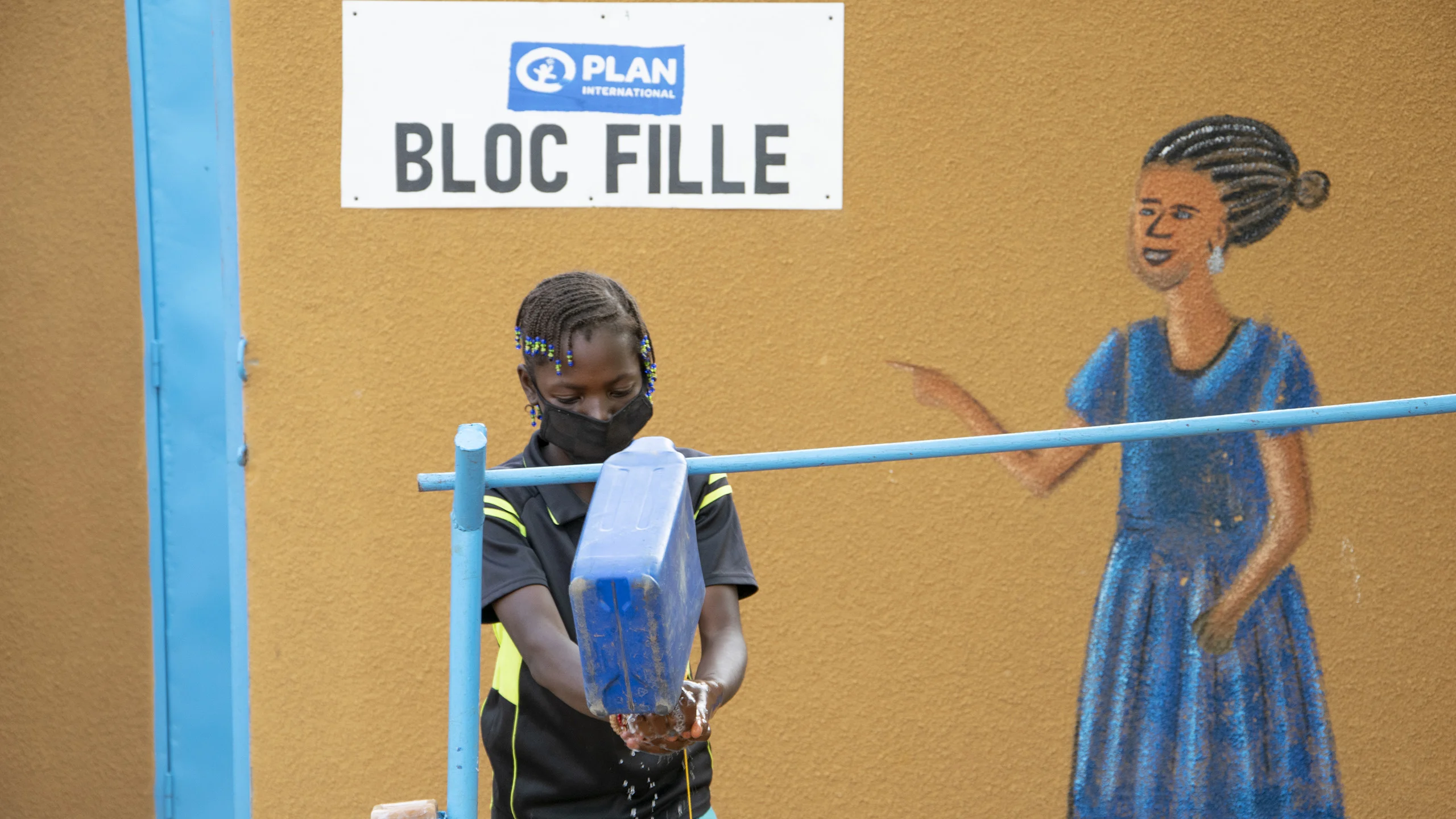
Georgette has seen the difference the toilets have made to the confidence of her female students, and their ability to attend classes and concentrate while they are at school.
“Before, there was nowhere for the girls to change in private as the latrines were mixed and there was no door. Now the girls are happy they can manage their period and stay in school. These latrines have had an impact on the girls’ academic performance. The girls attend classes and do not miss them like they did before.
“I would like everyone to know that girls too can build the country like men. What men can do, girls can do too. There is a saying that ‘to educate a girl is to educate a nation’. I want all girls in Burkina Faso to attend school.”



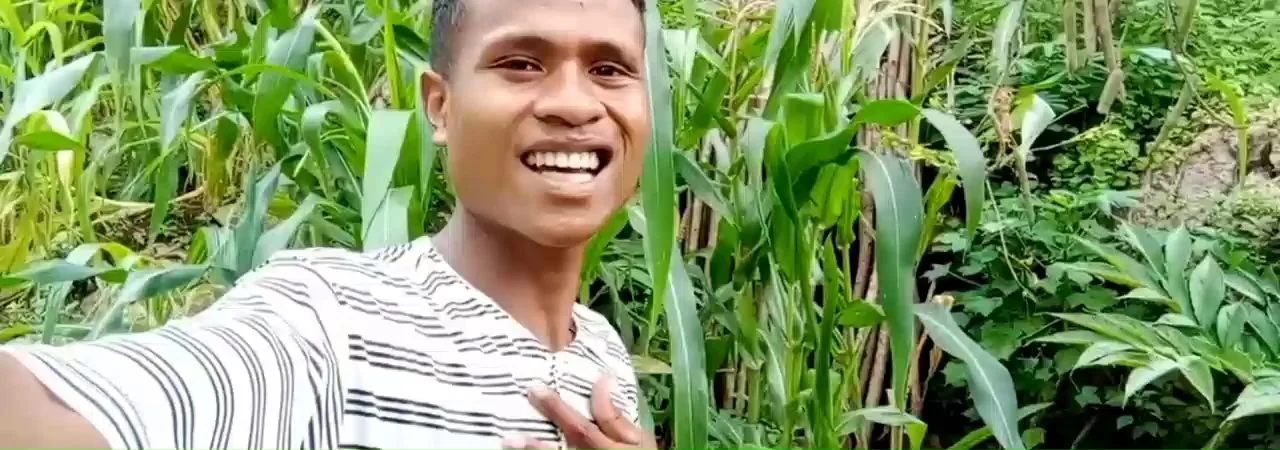

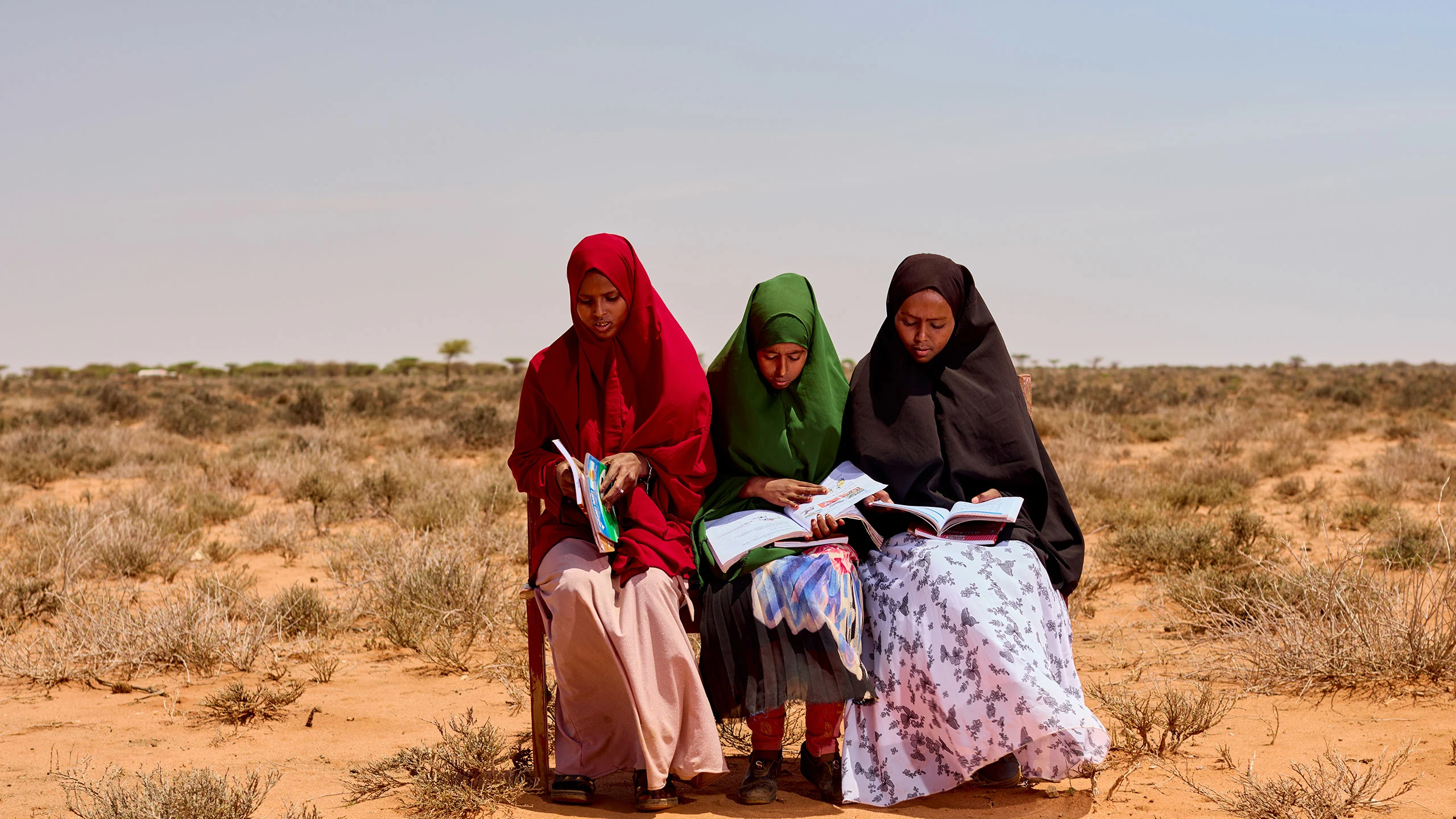
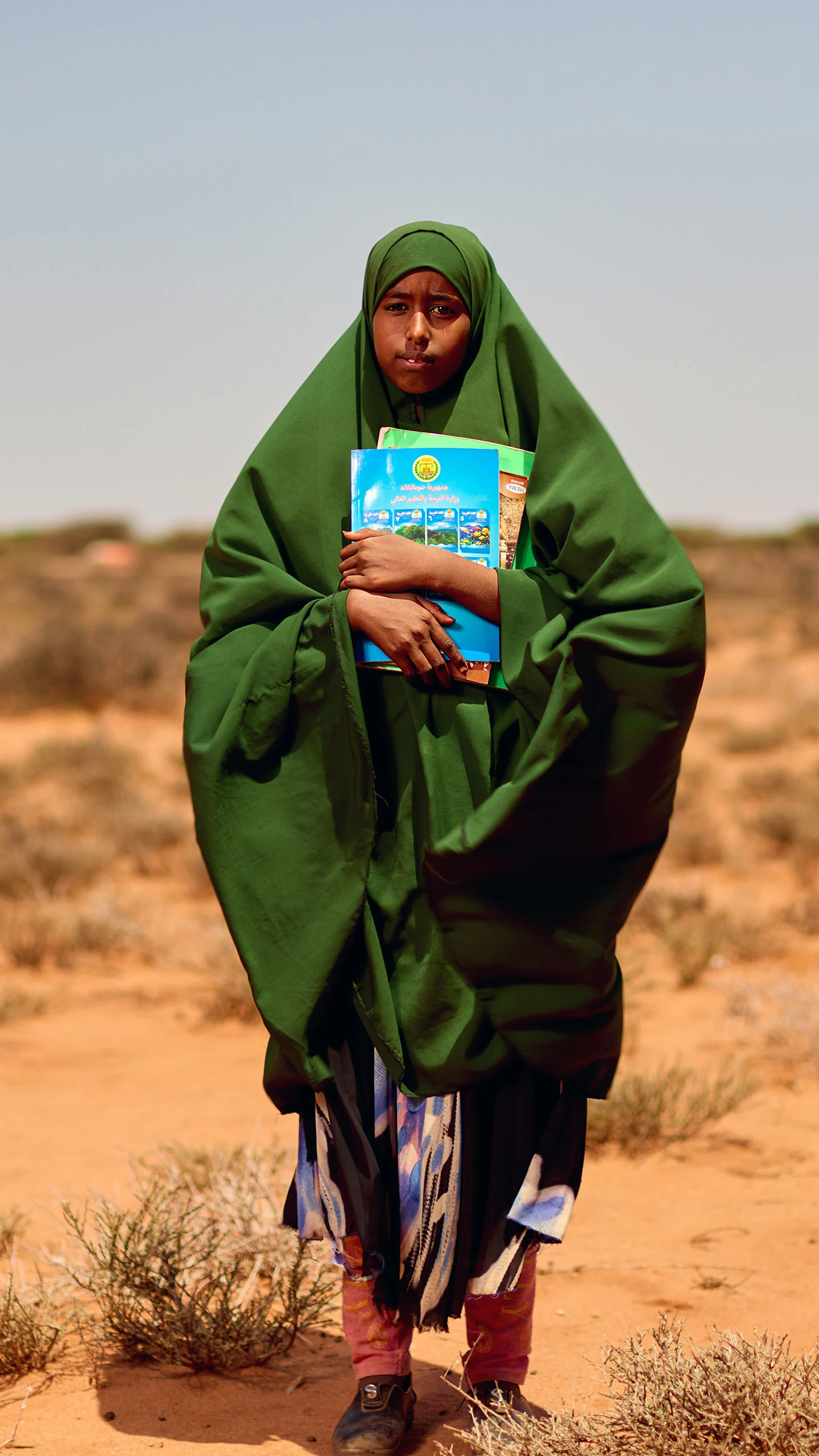
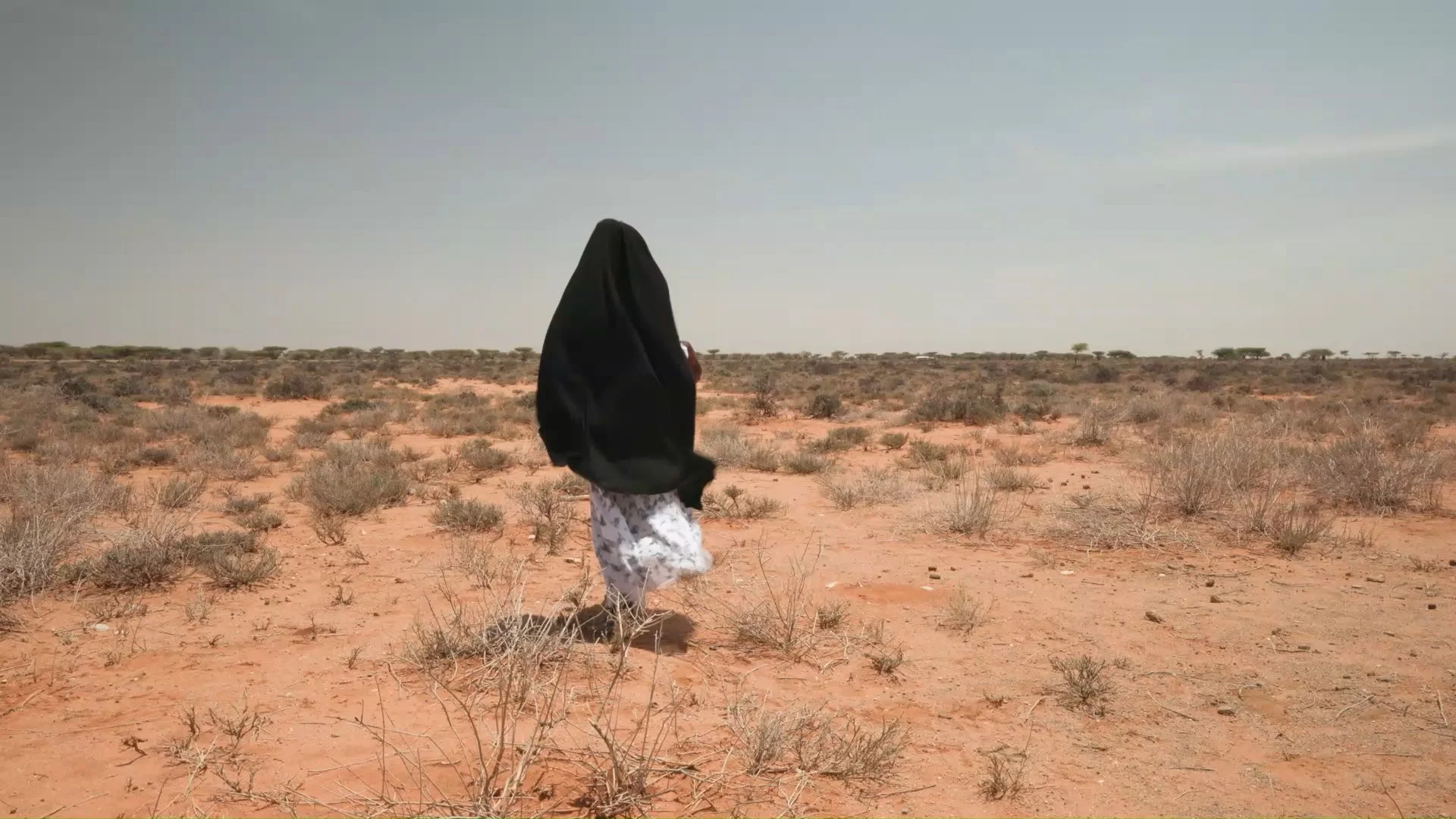
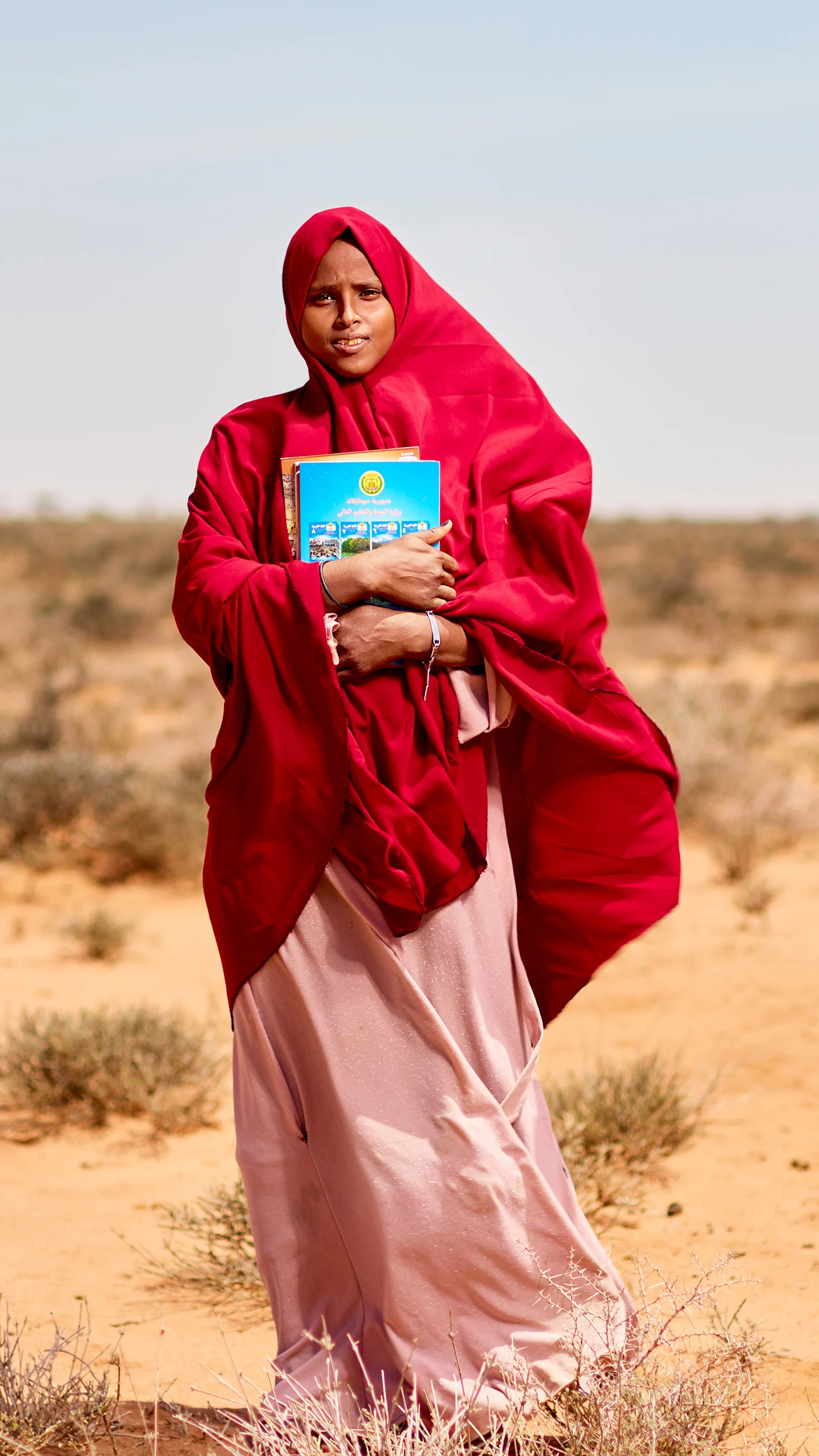
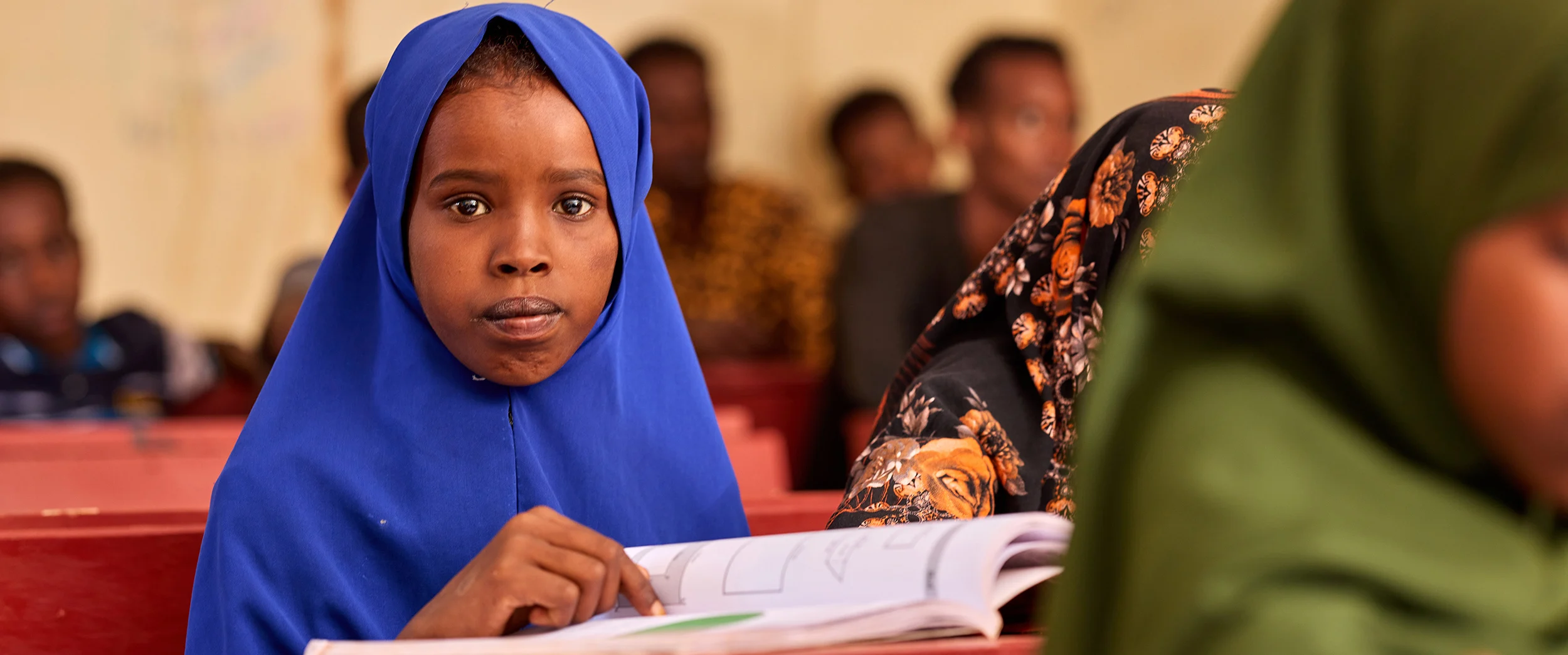
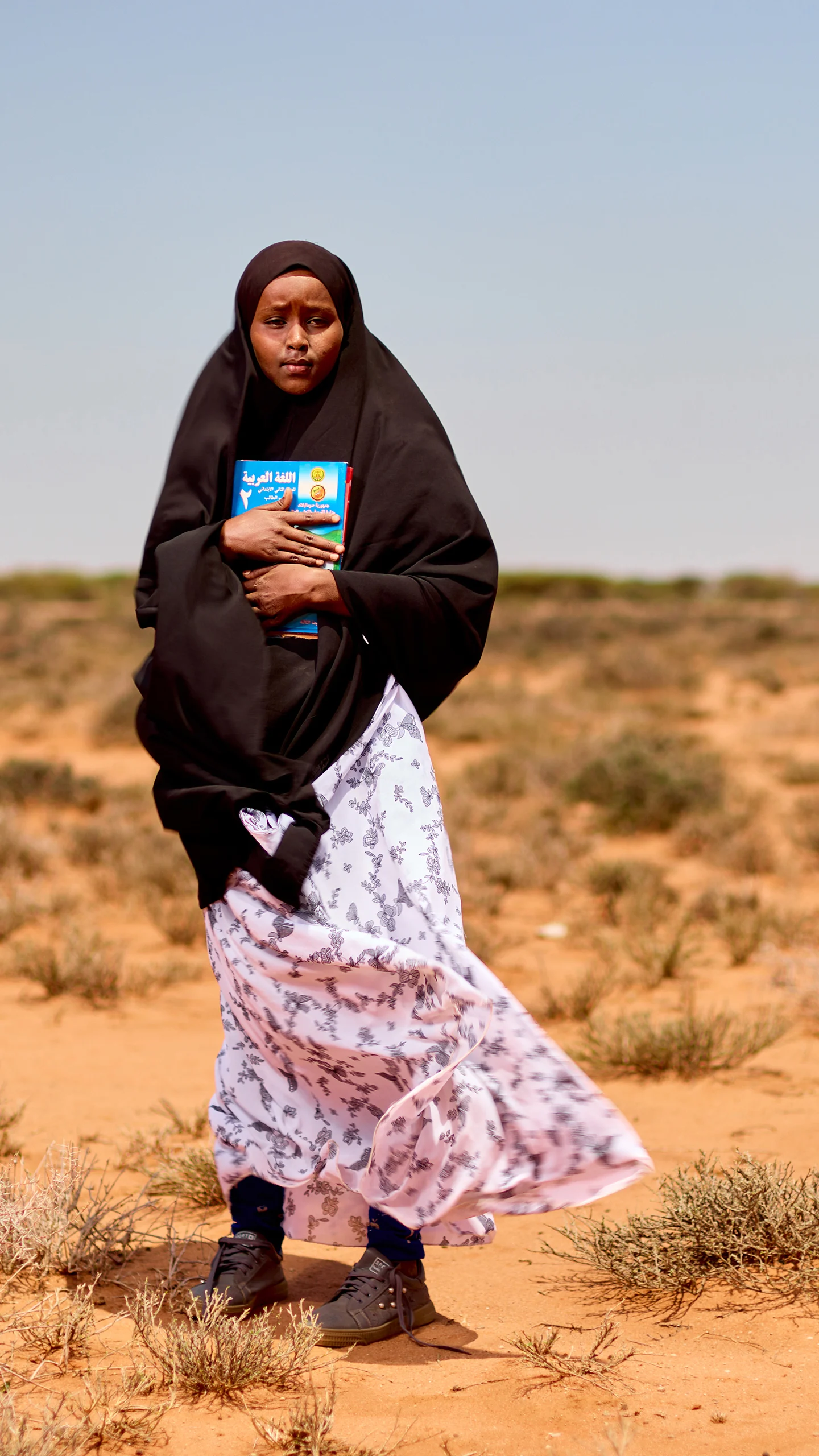
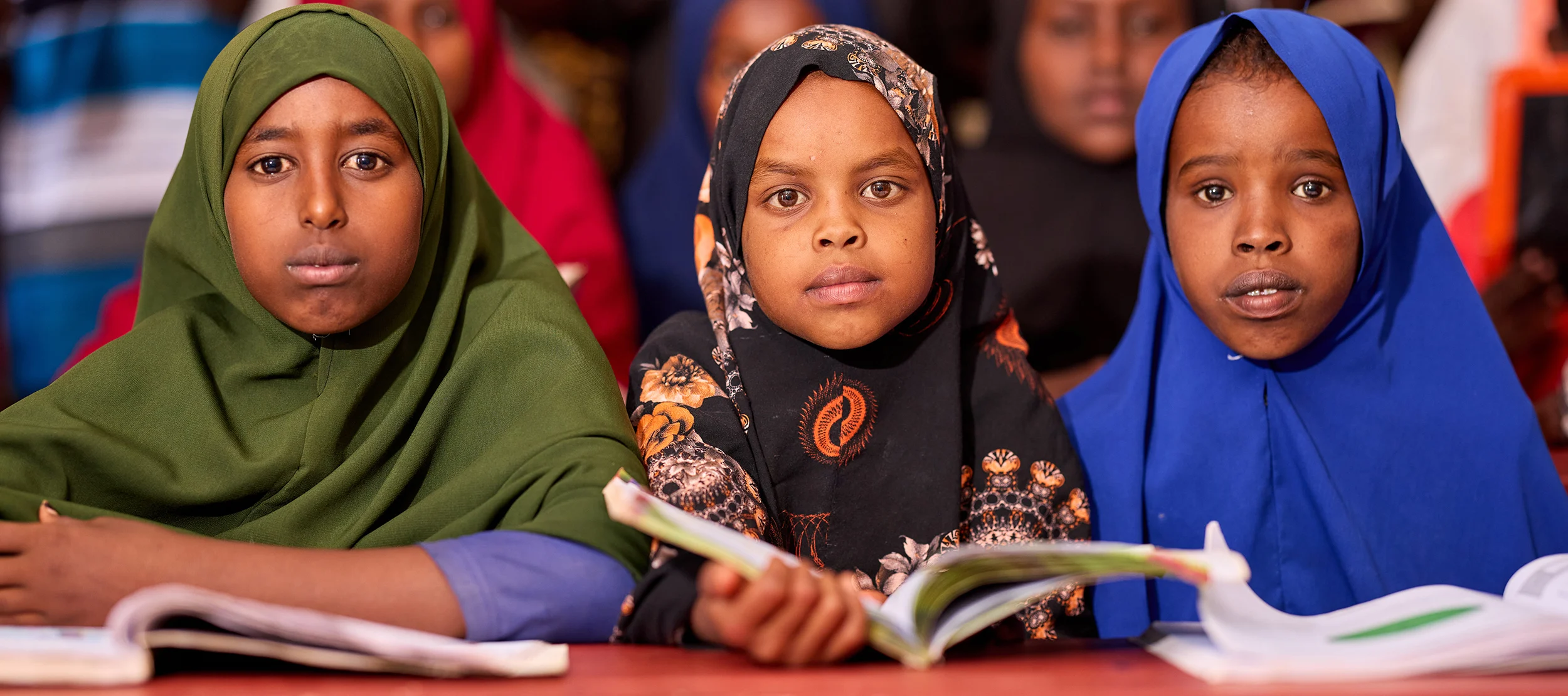

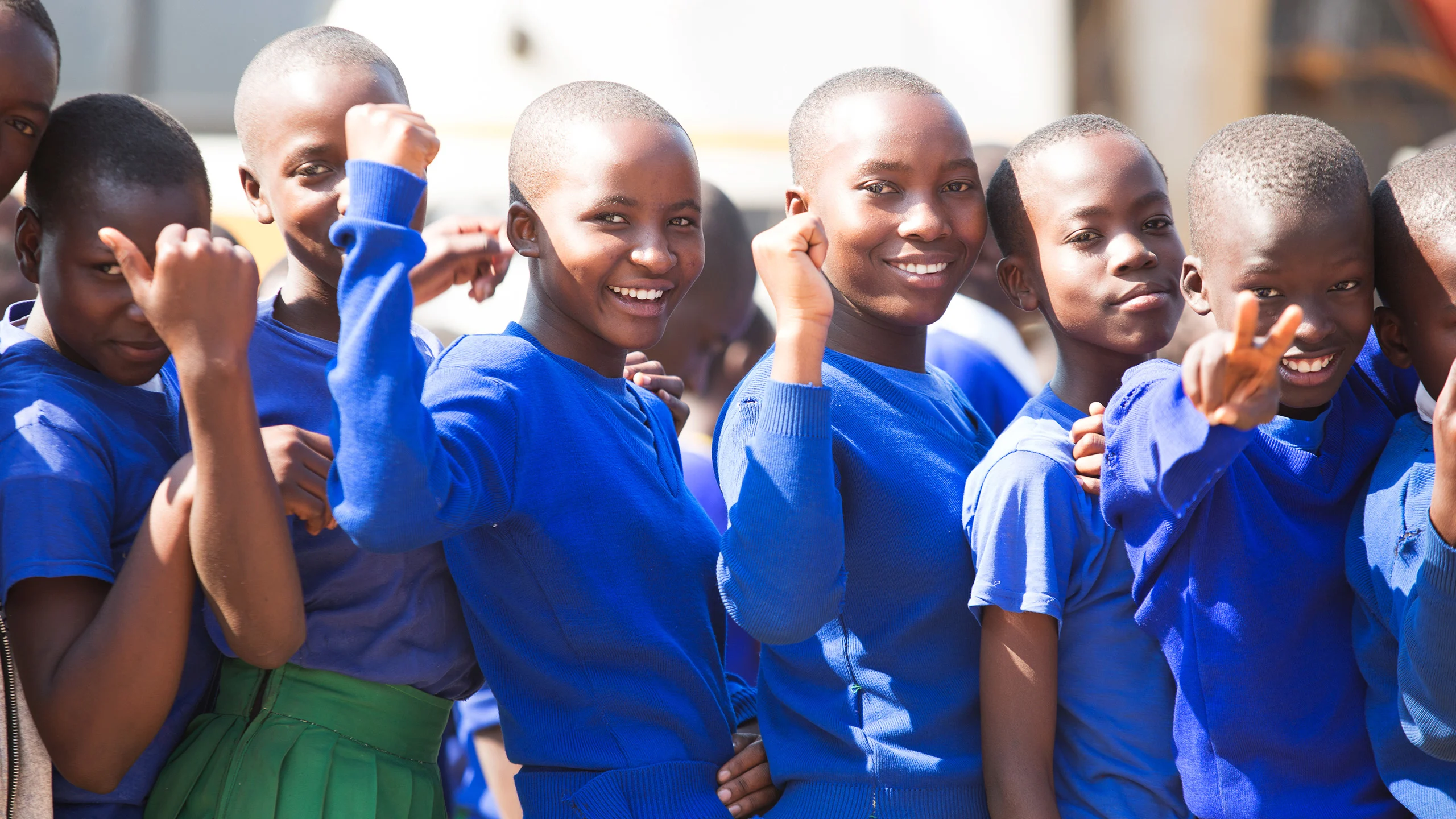
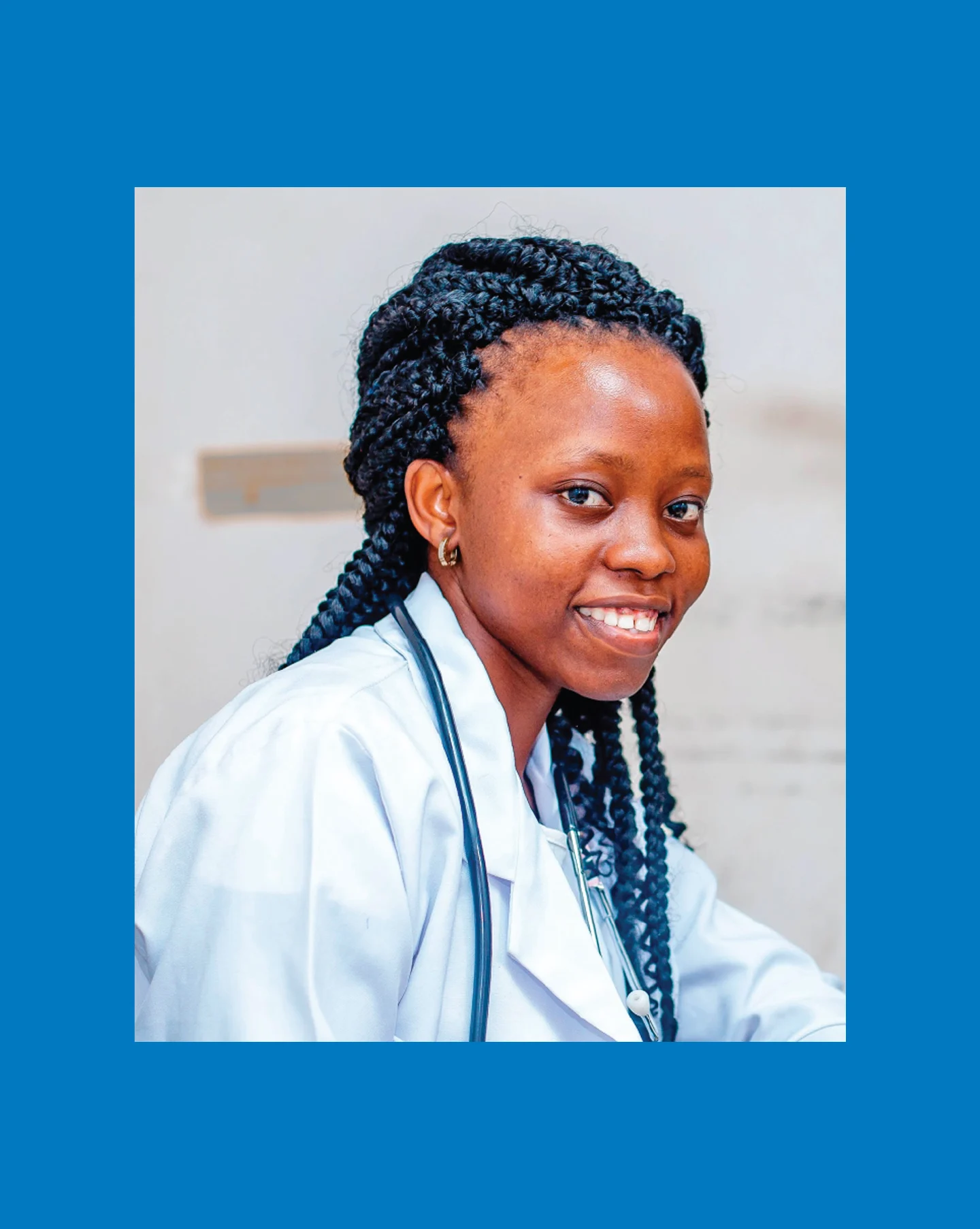
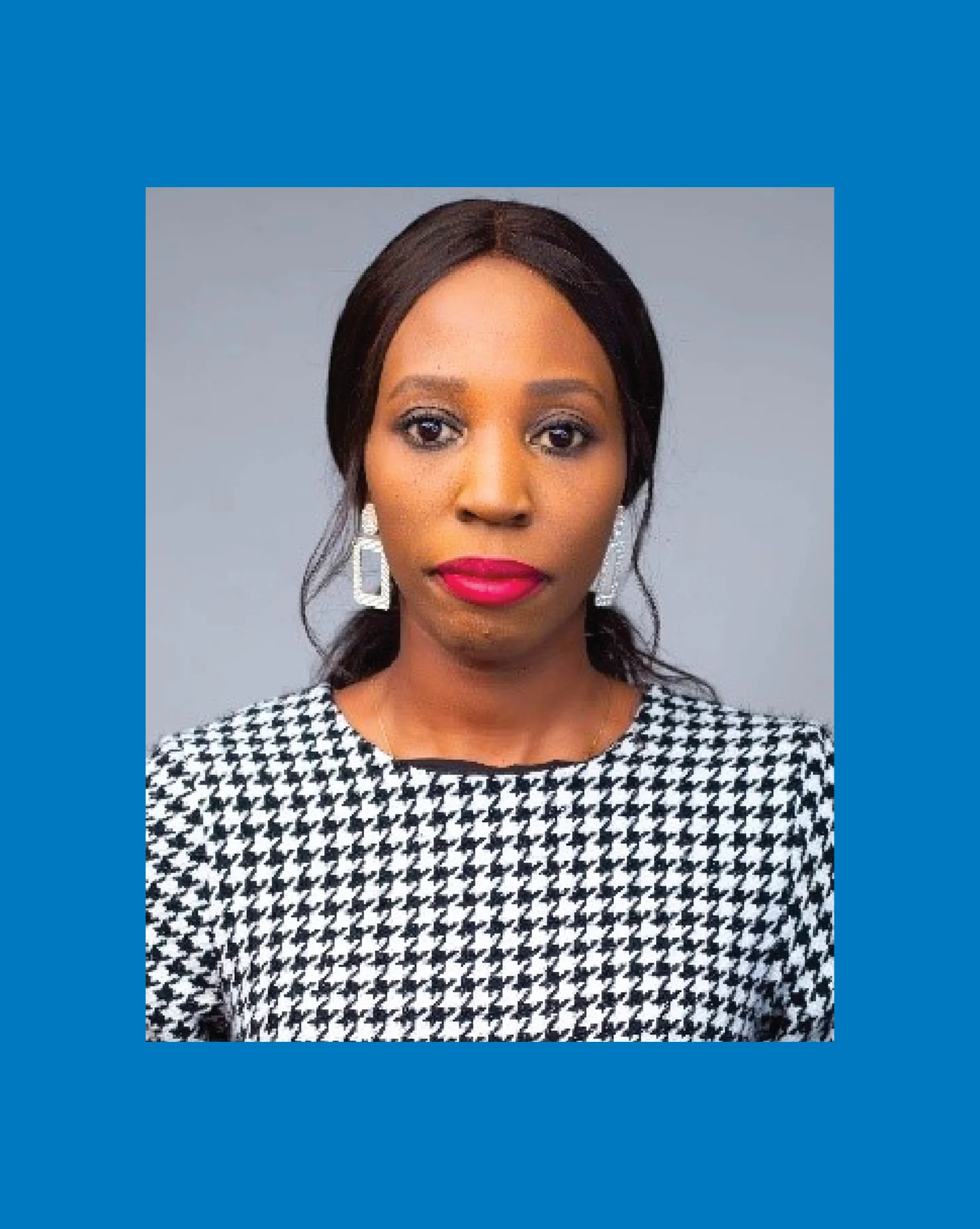

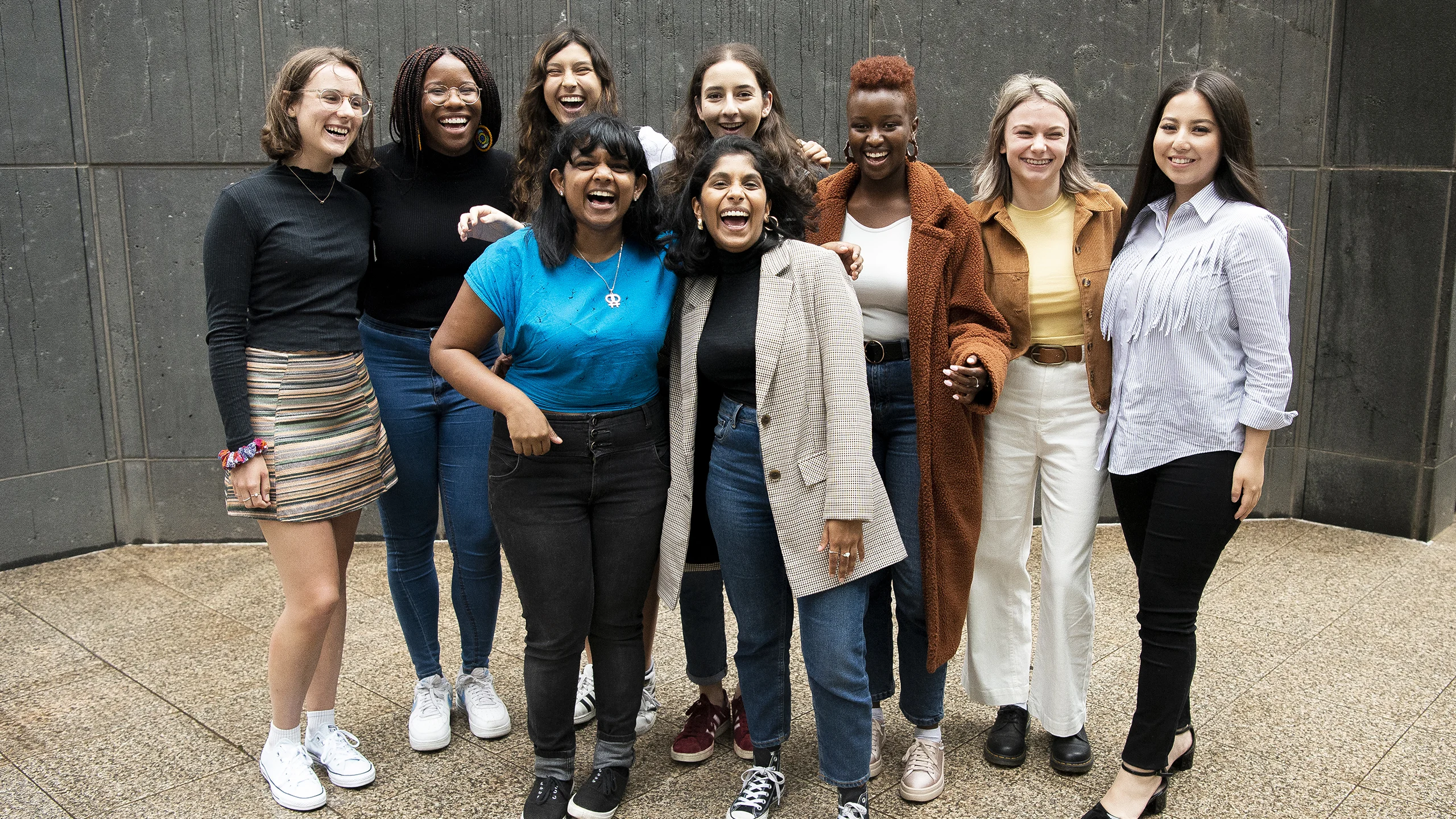
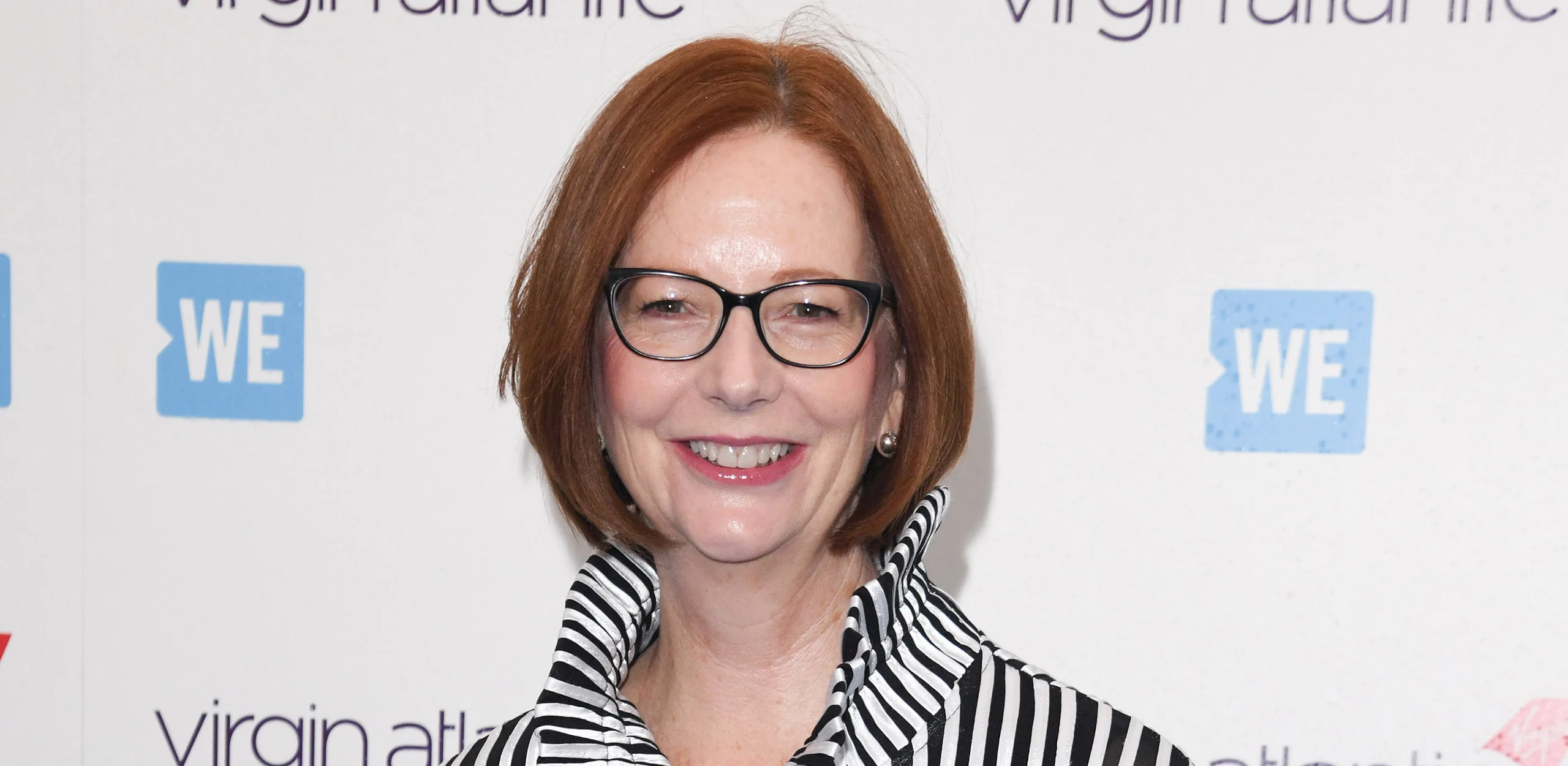
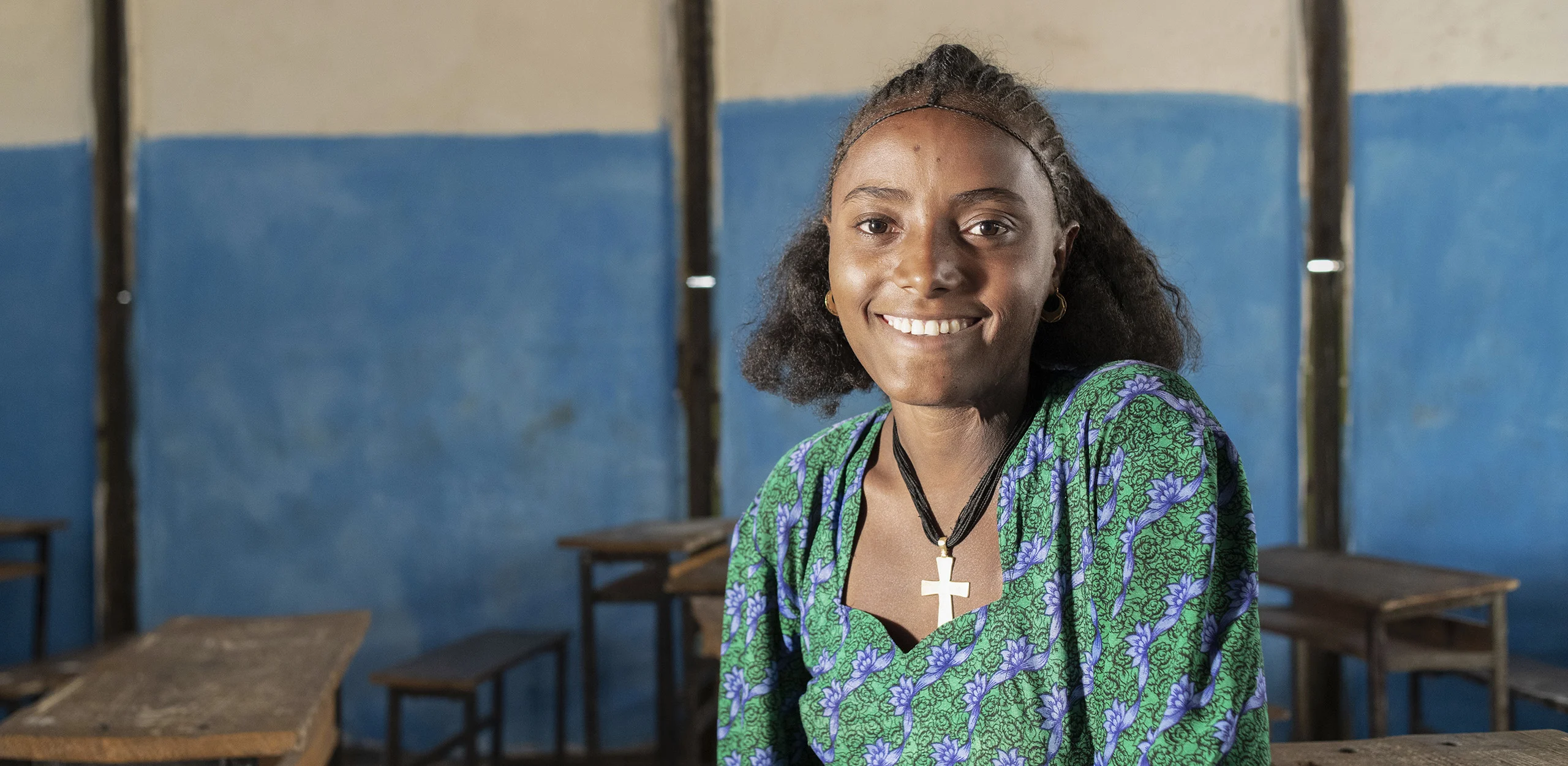
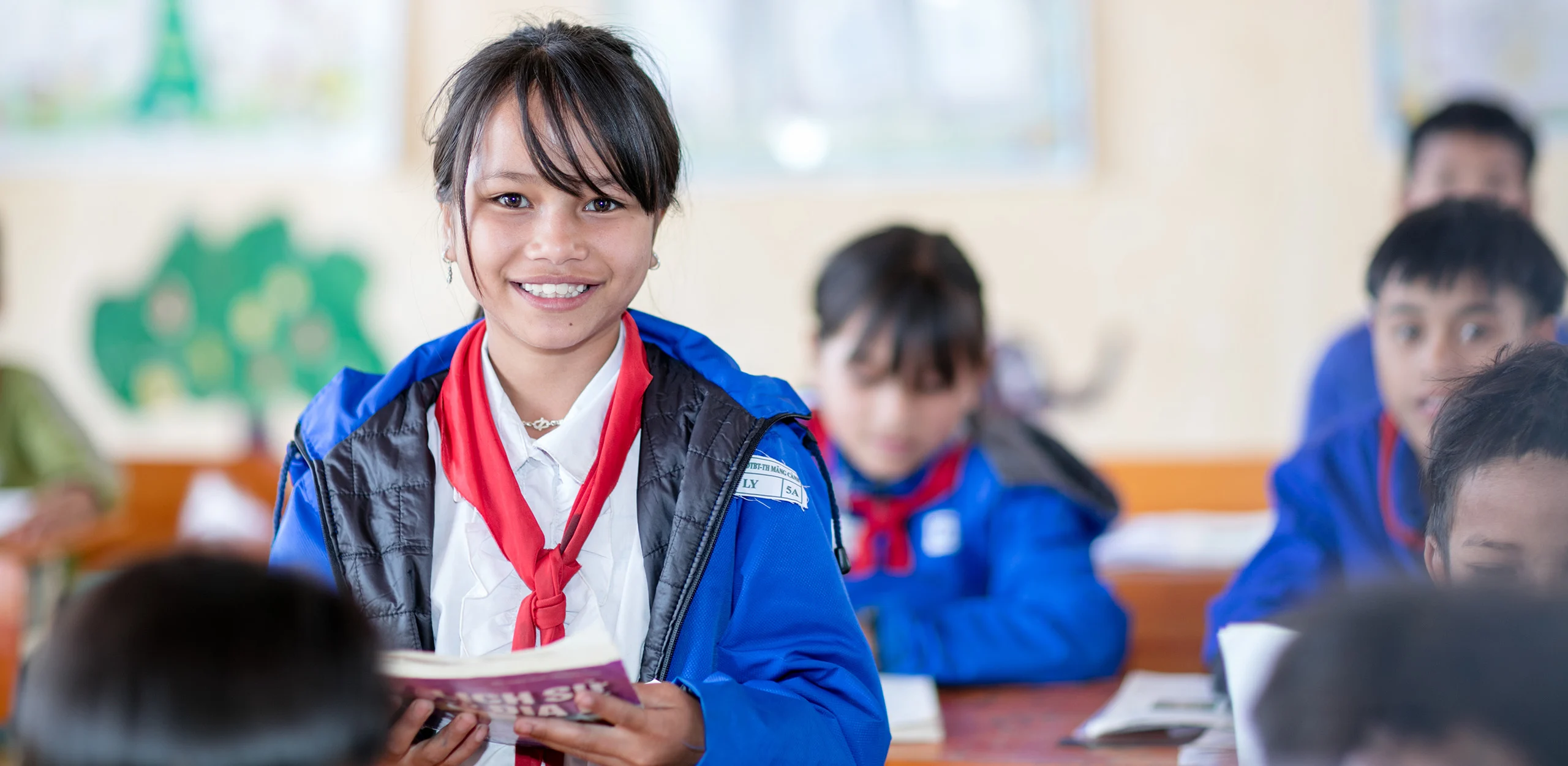
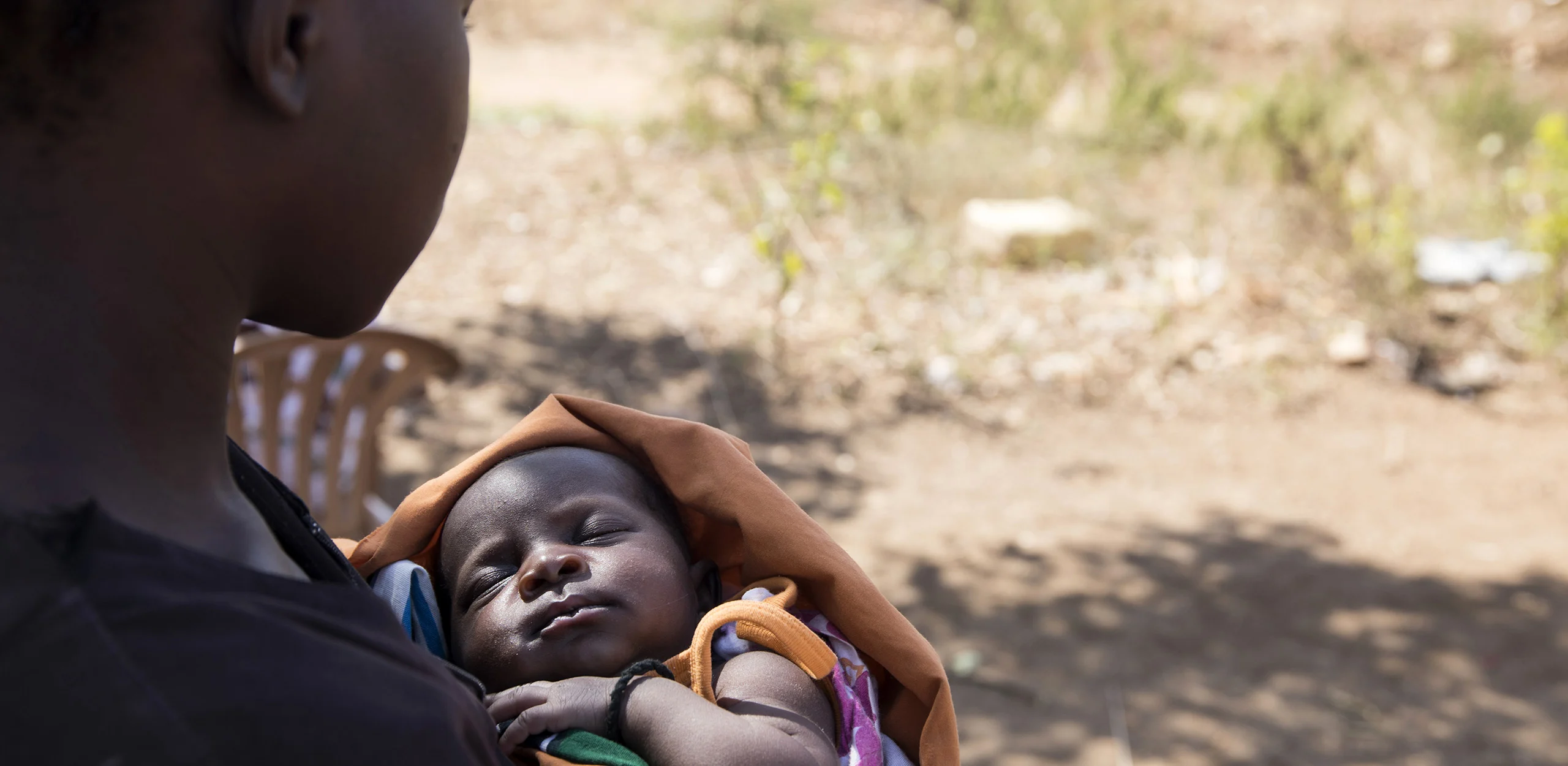

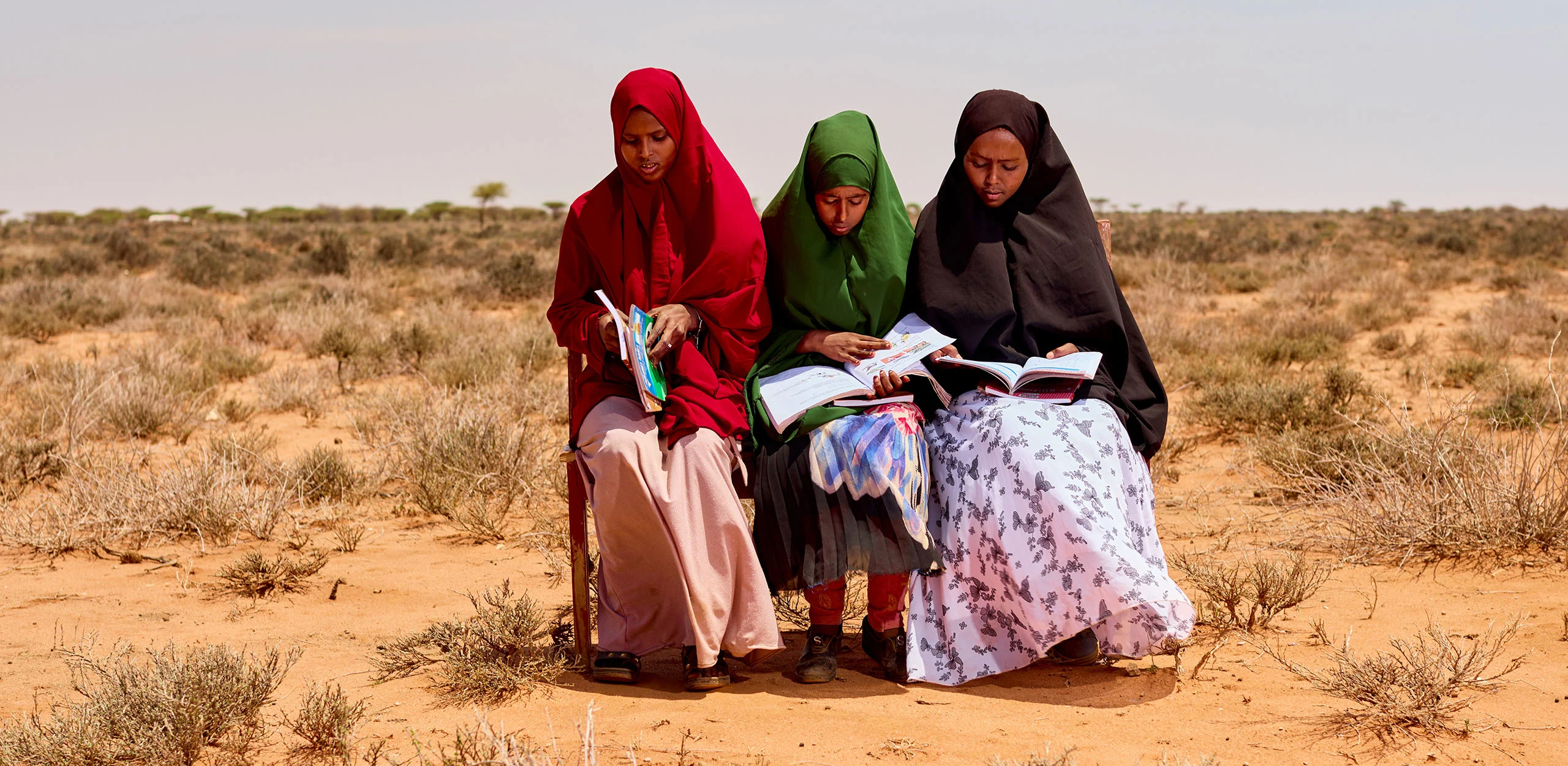
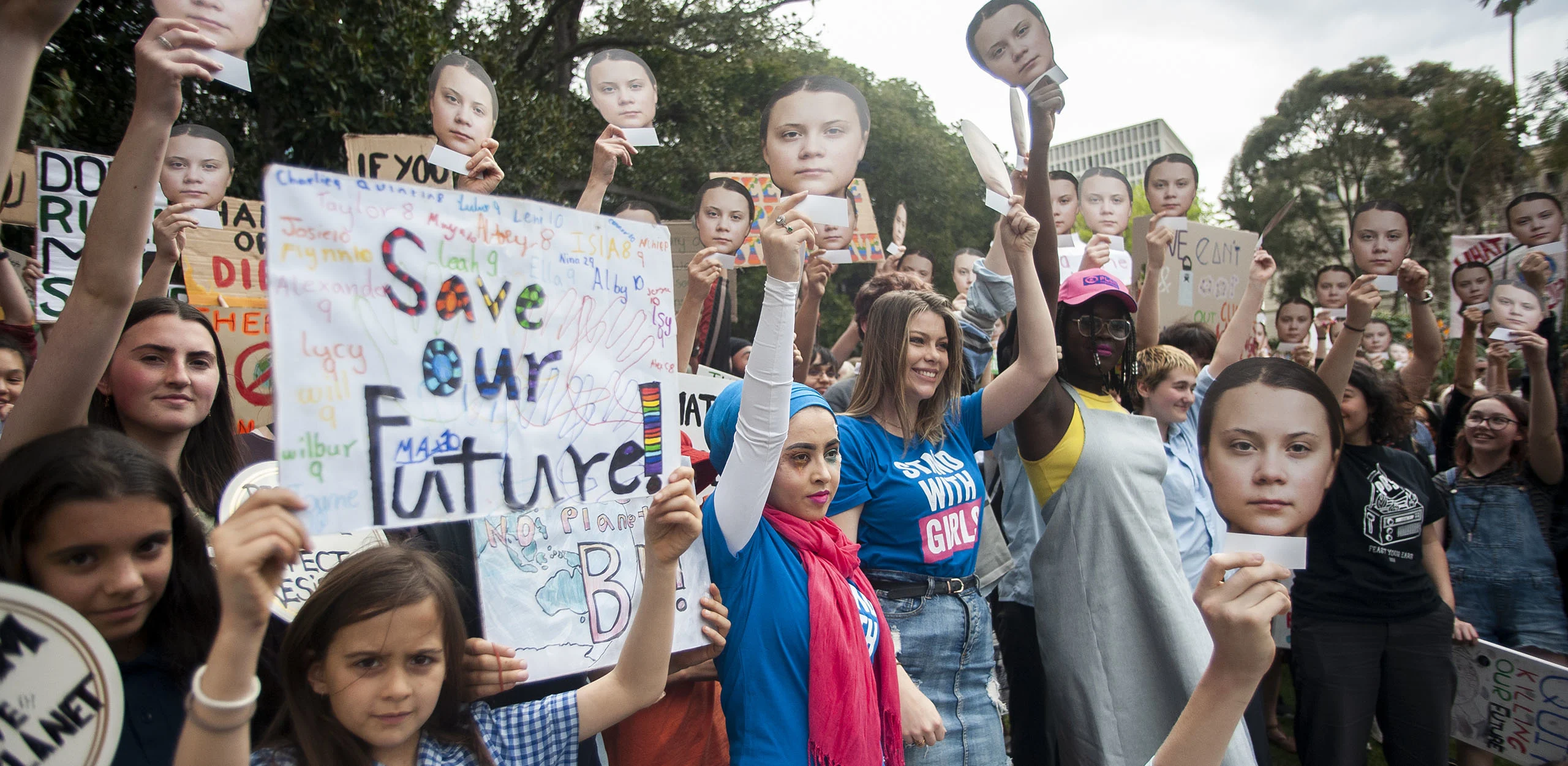
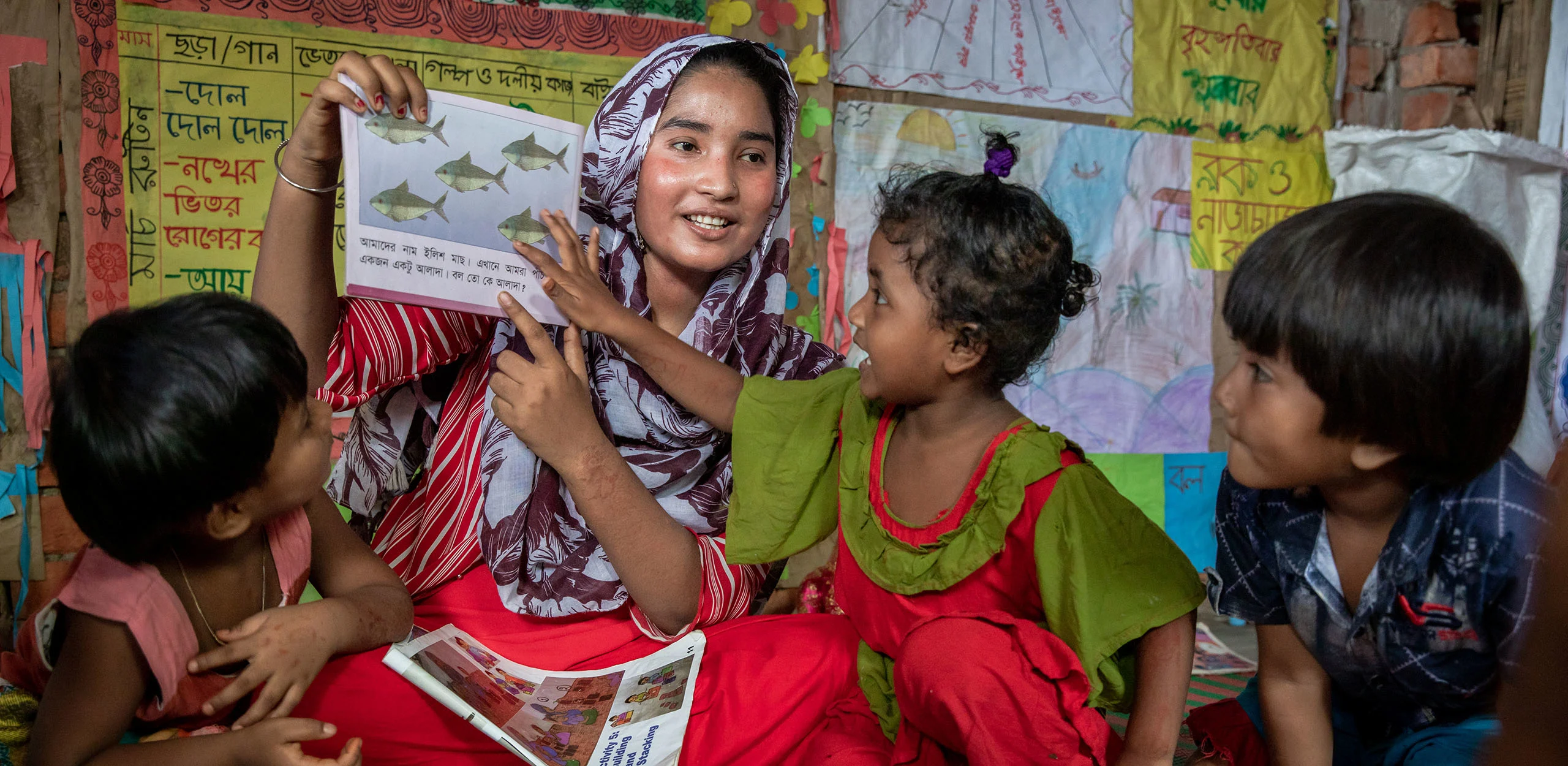

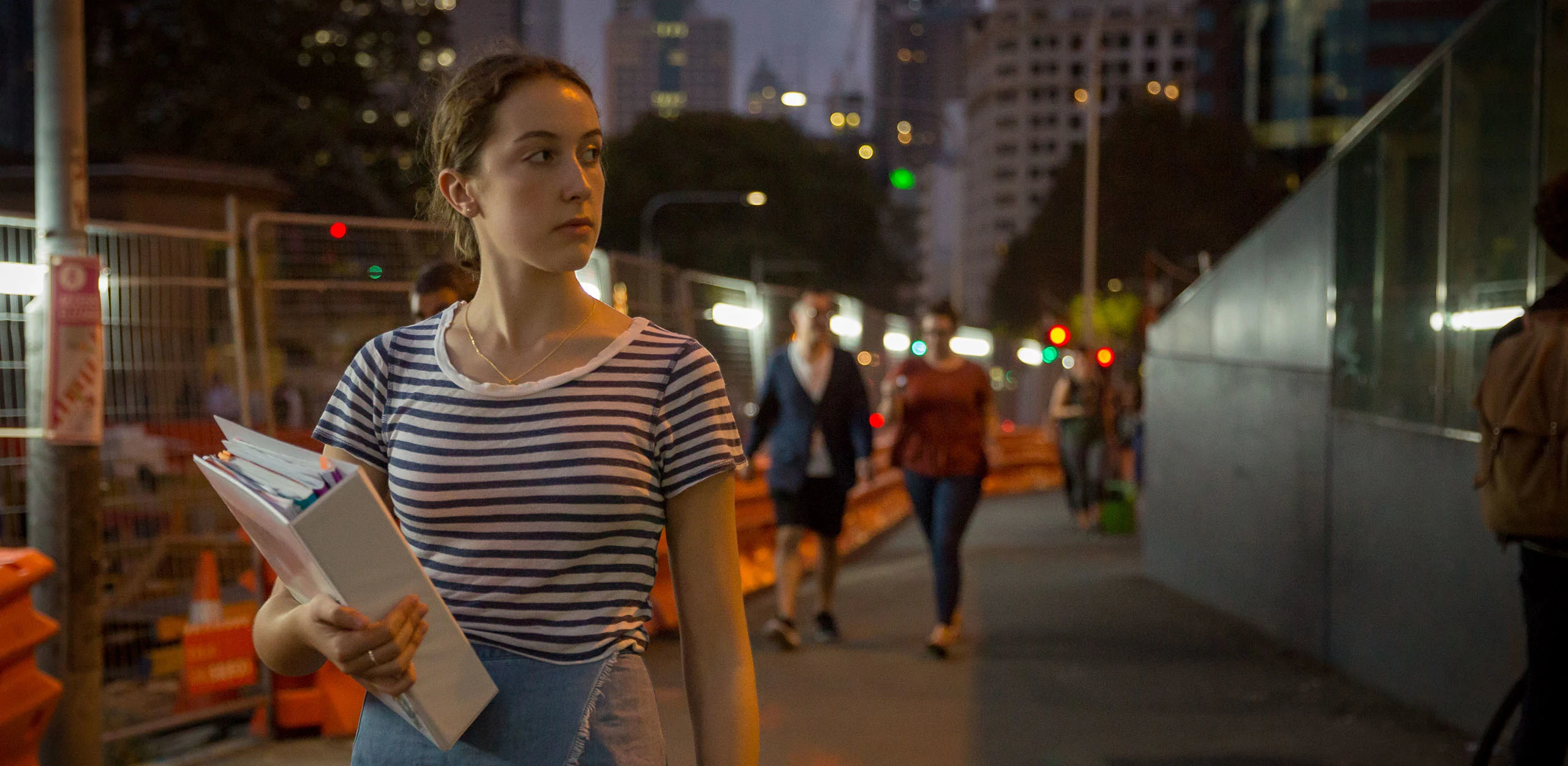
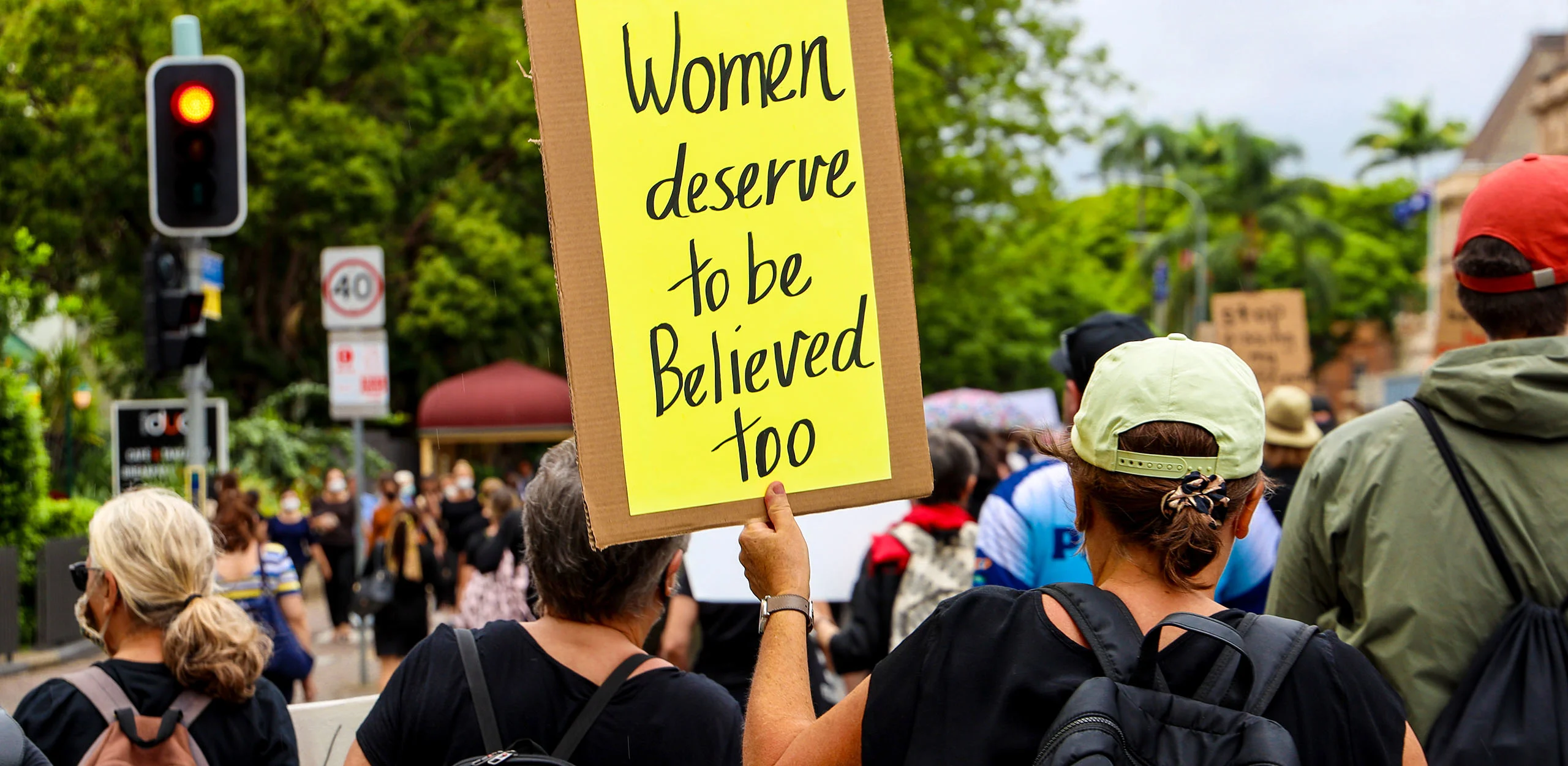

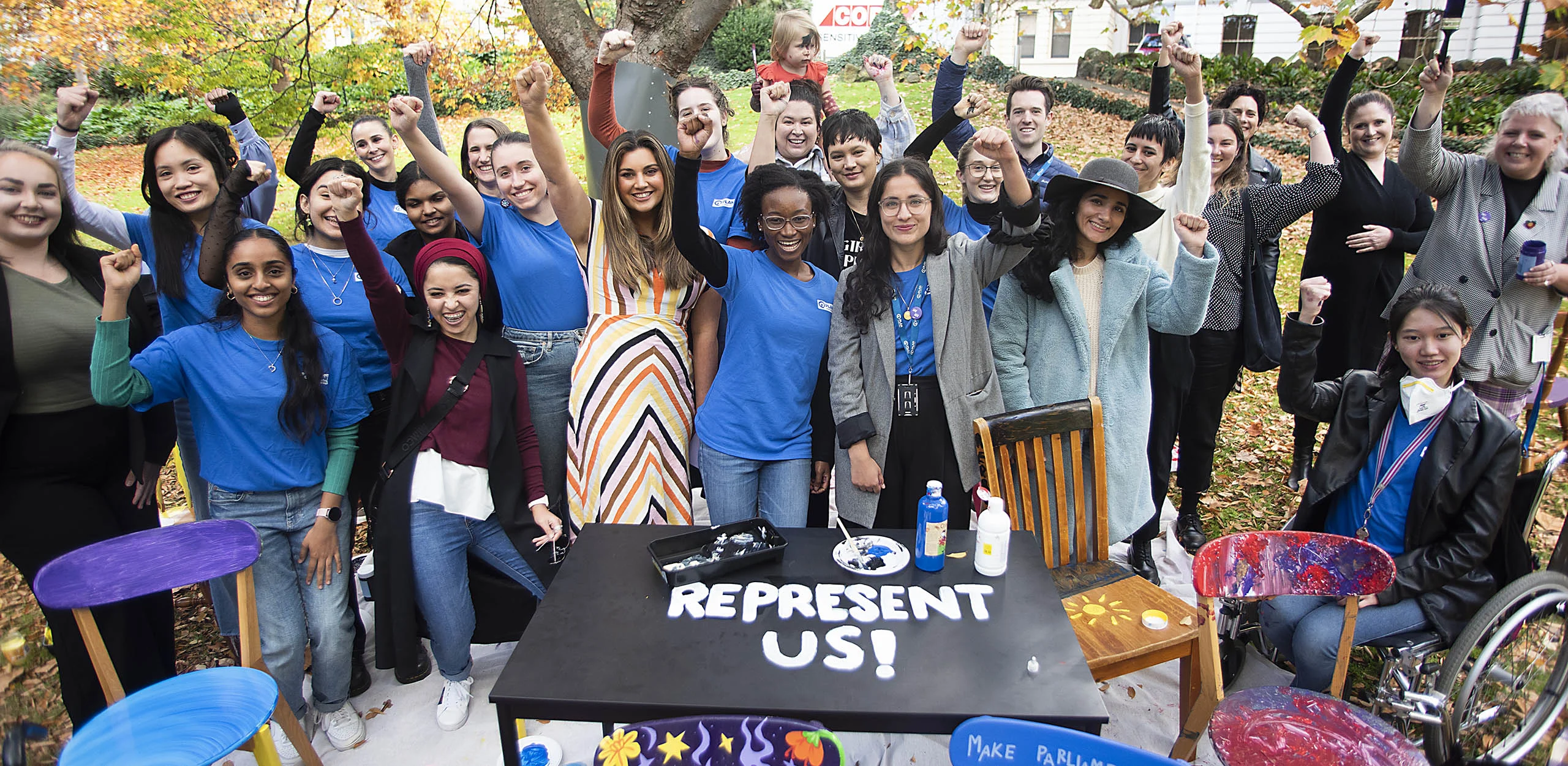
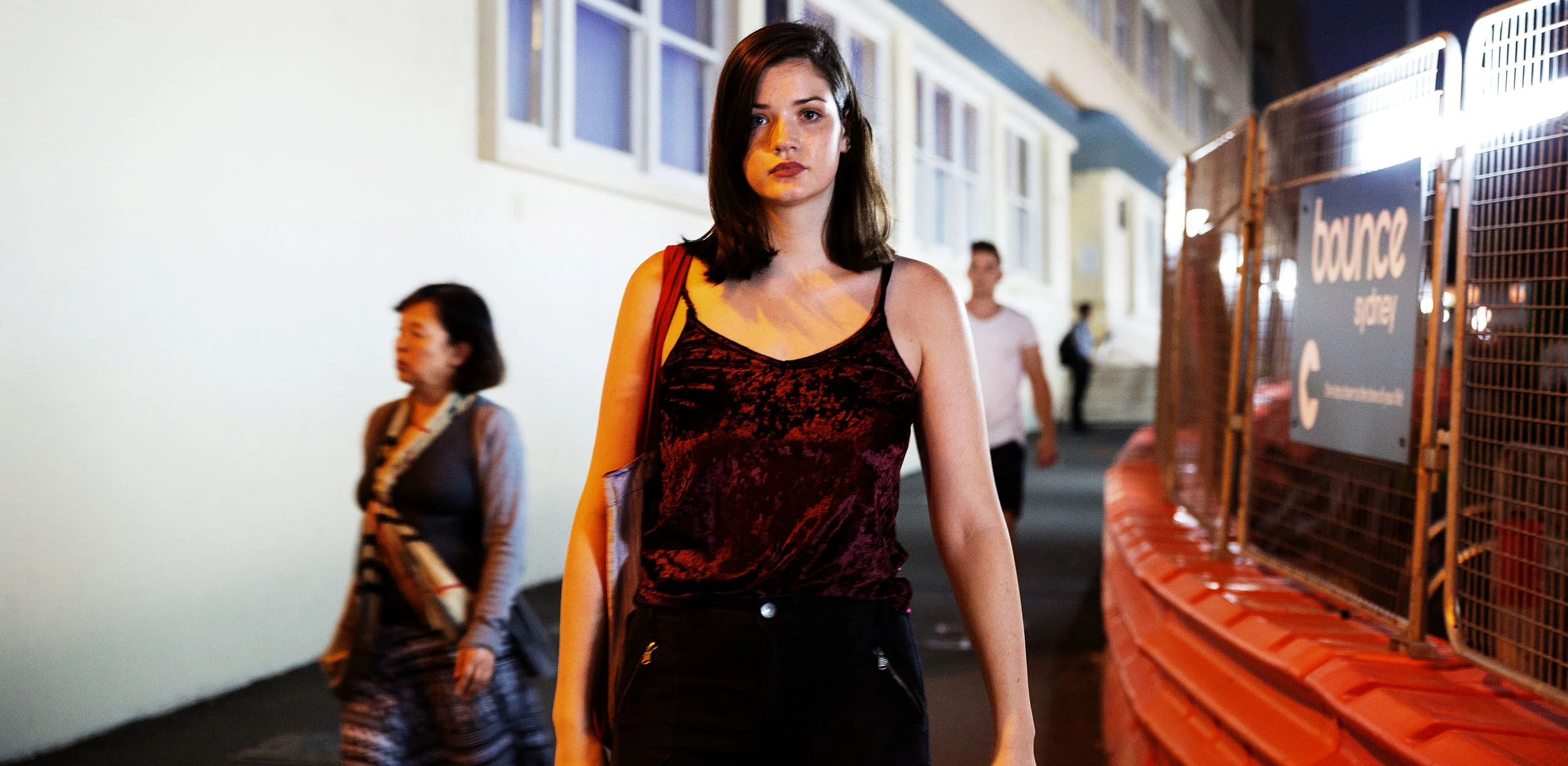

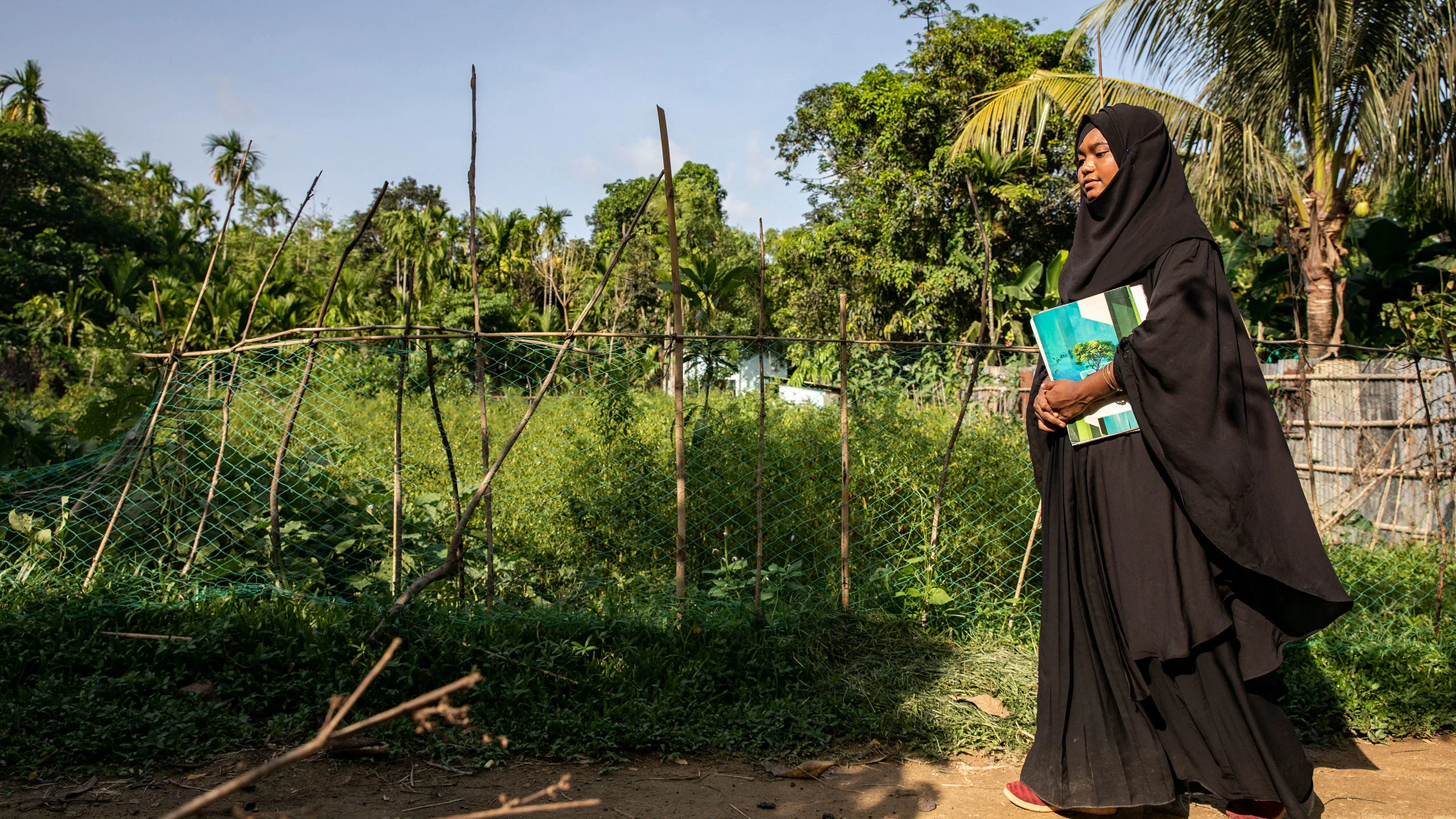
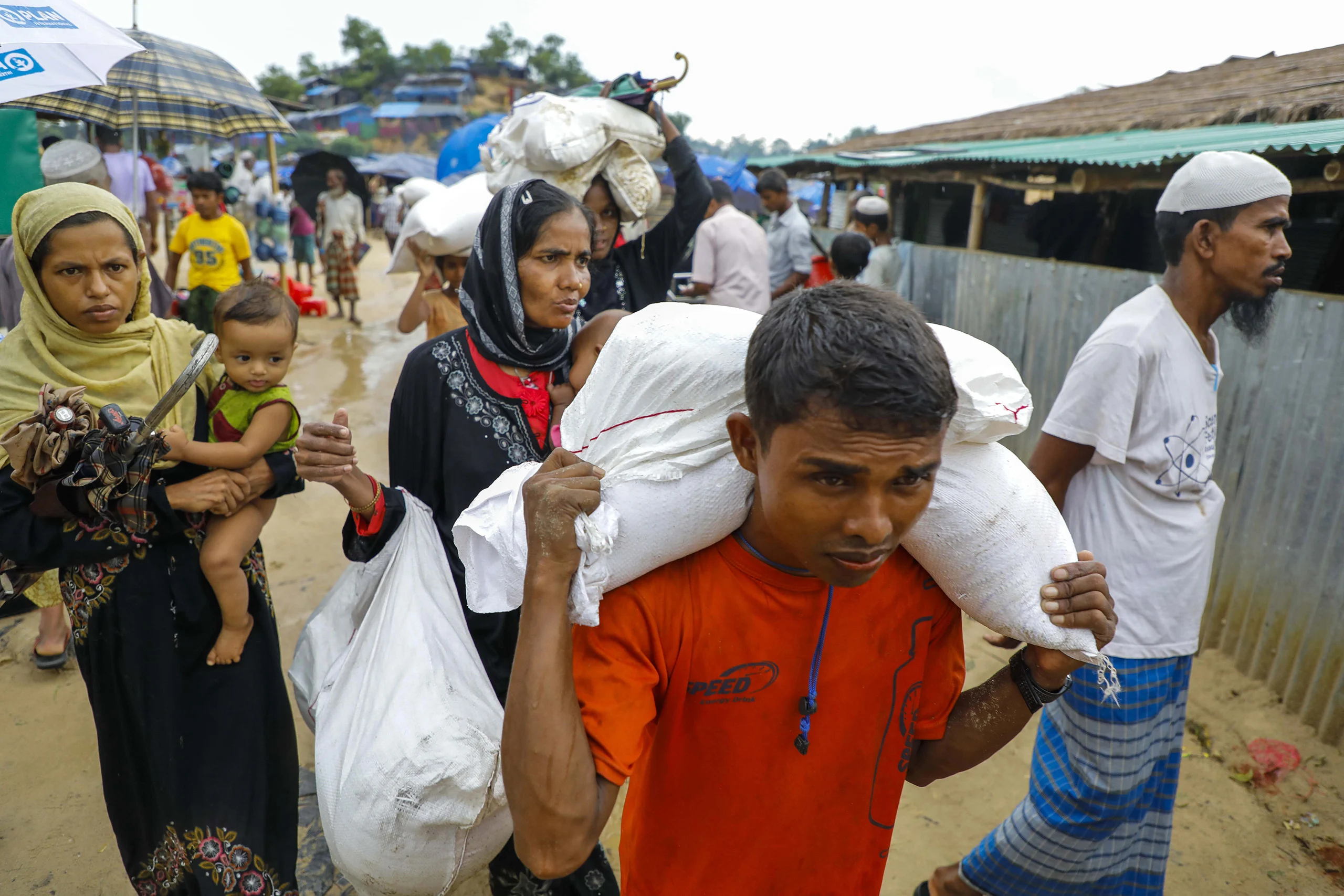
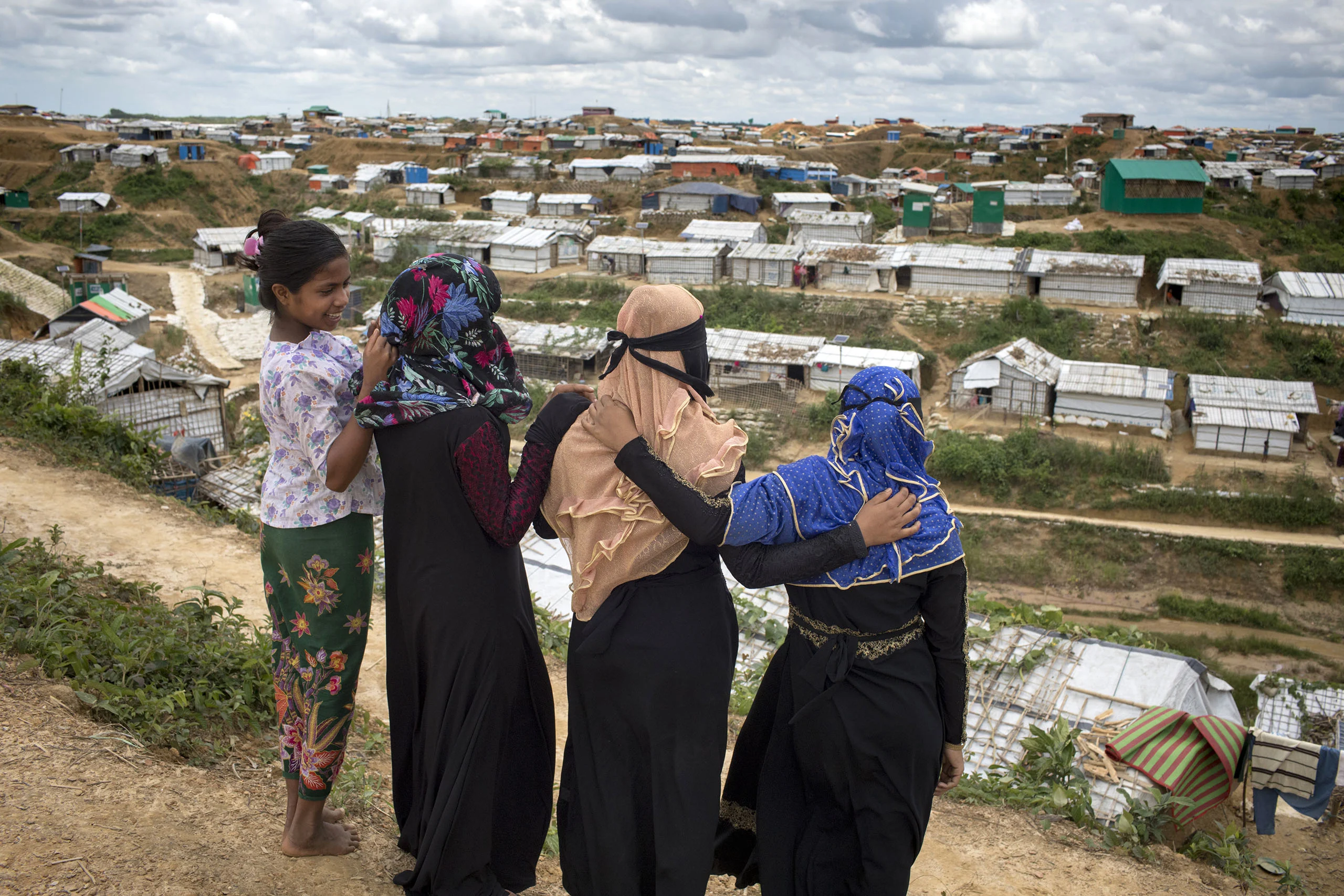
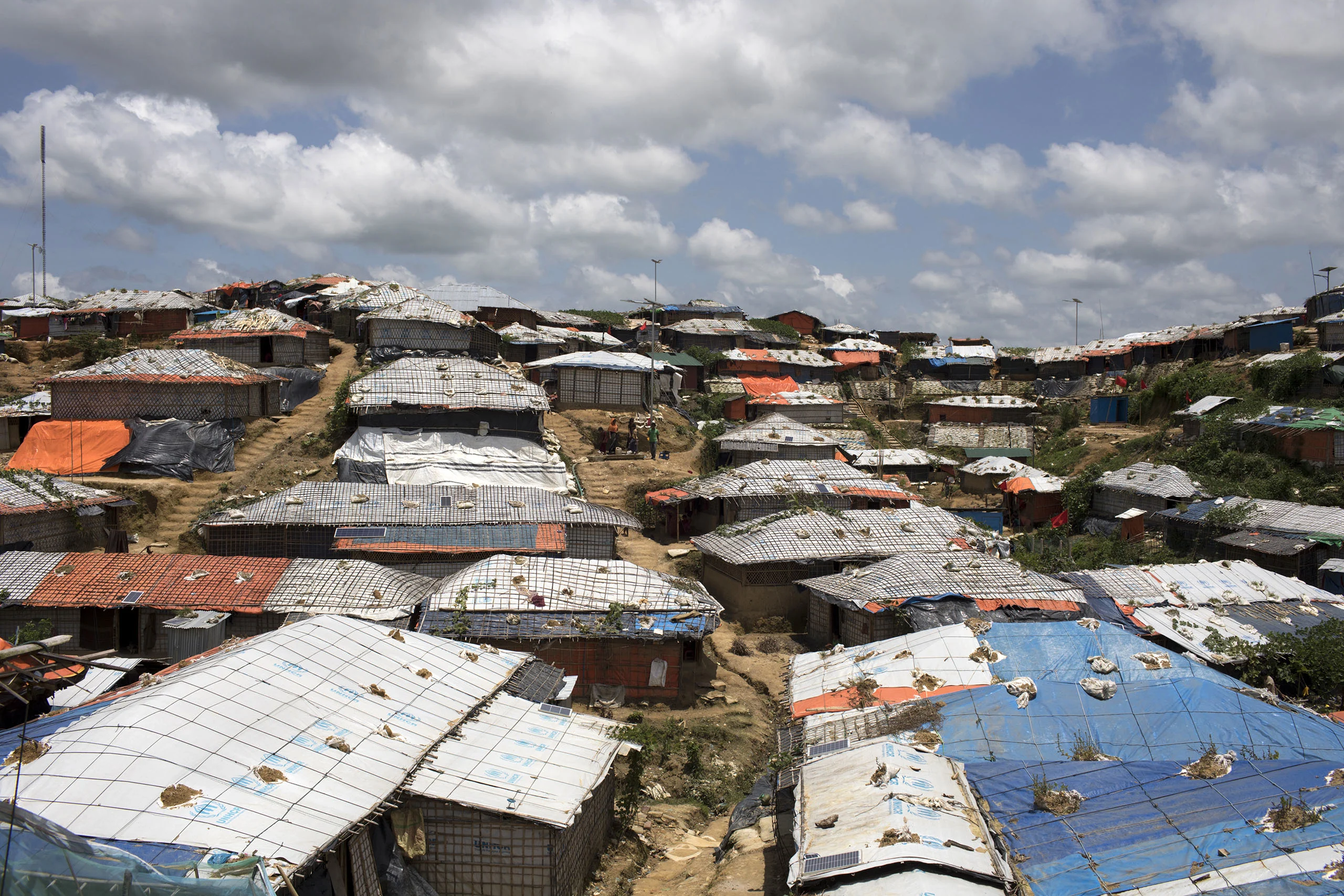
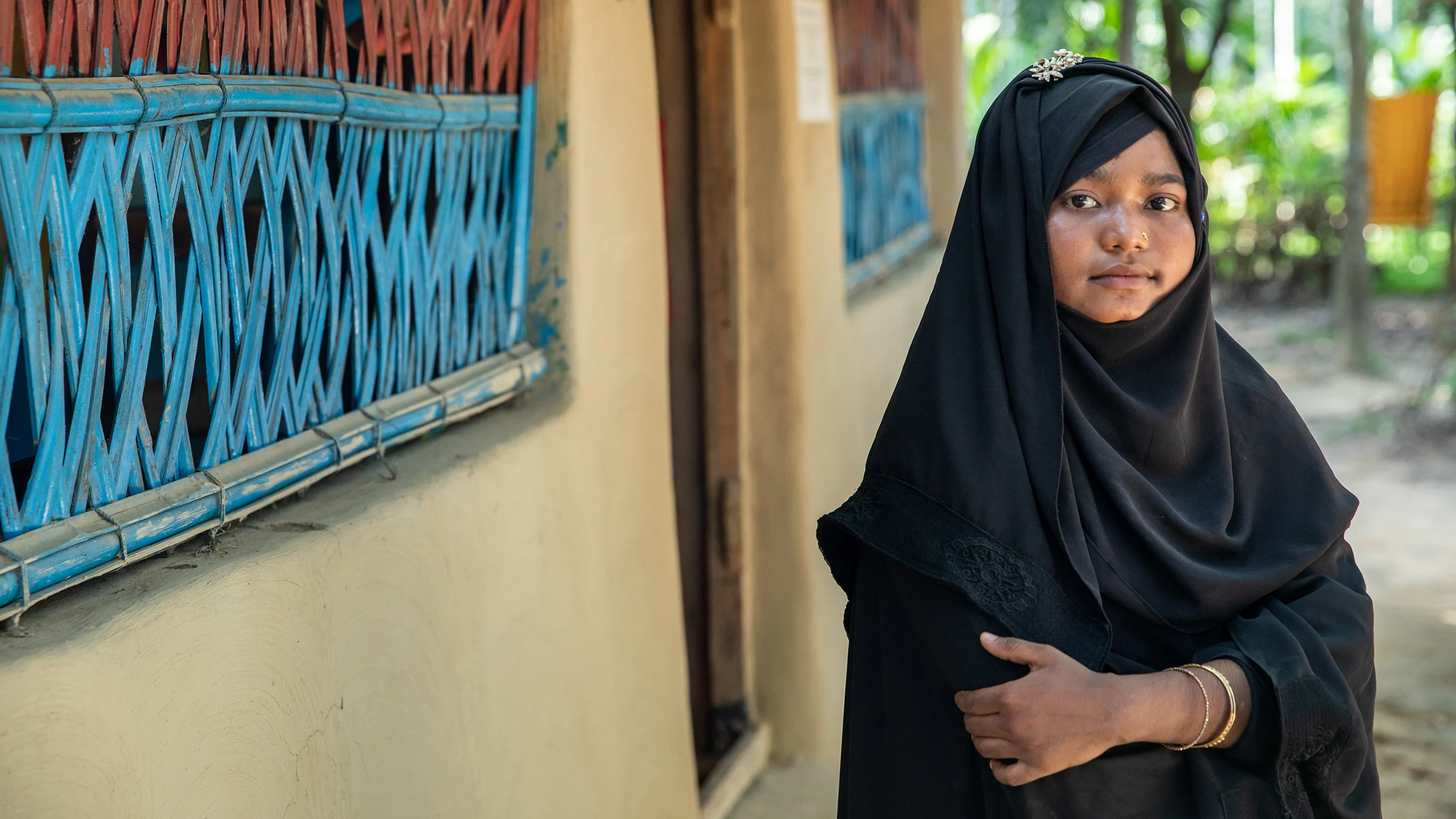
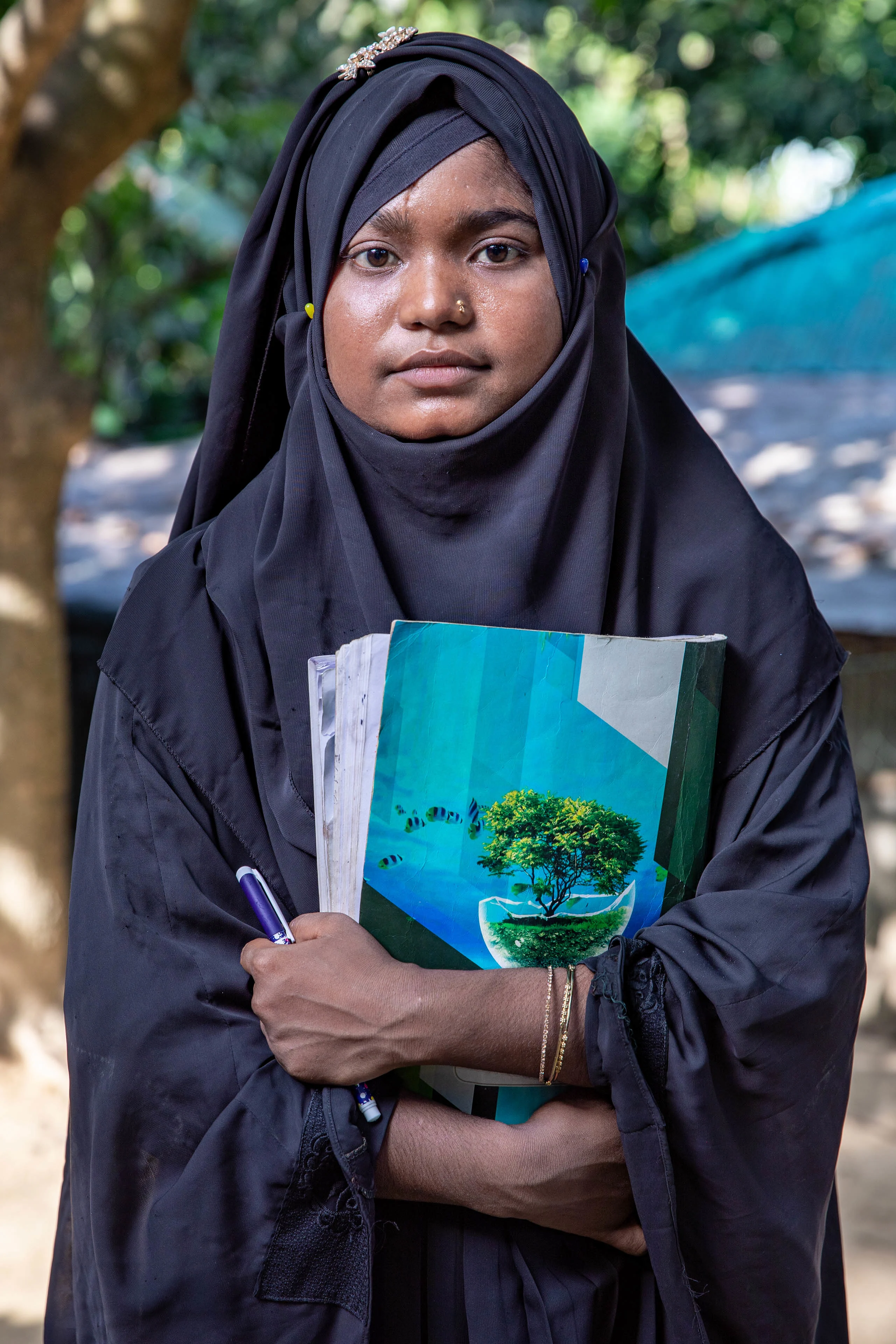
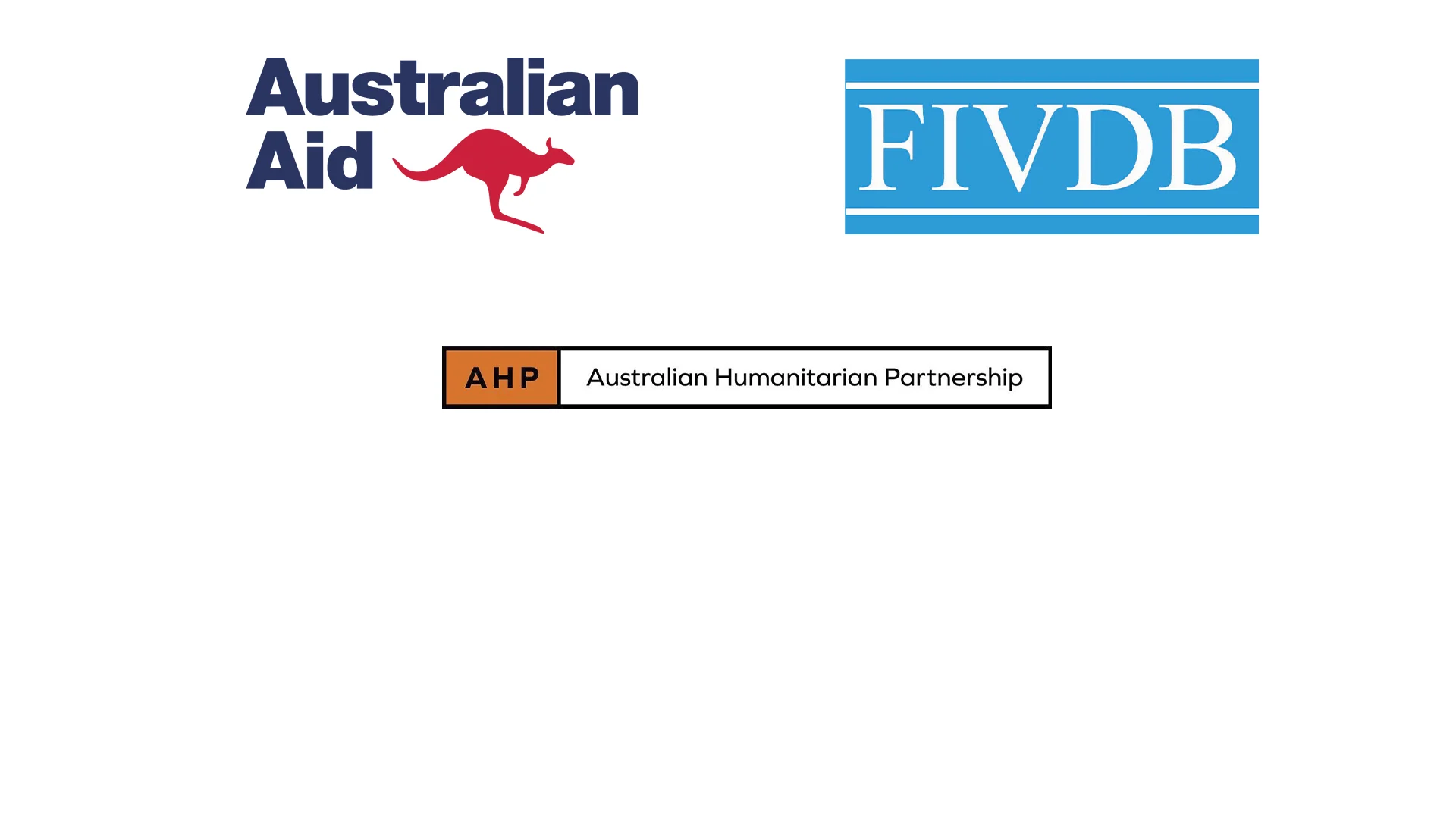

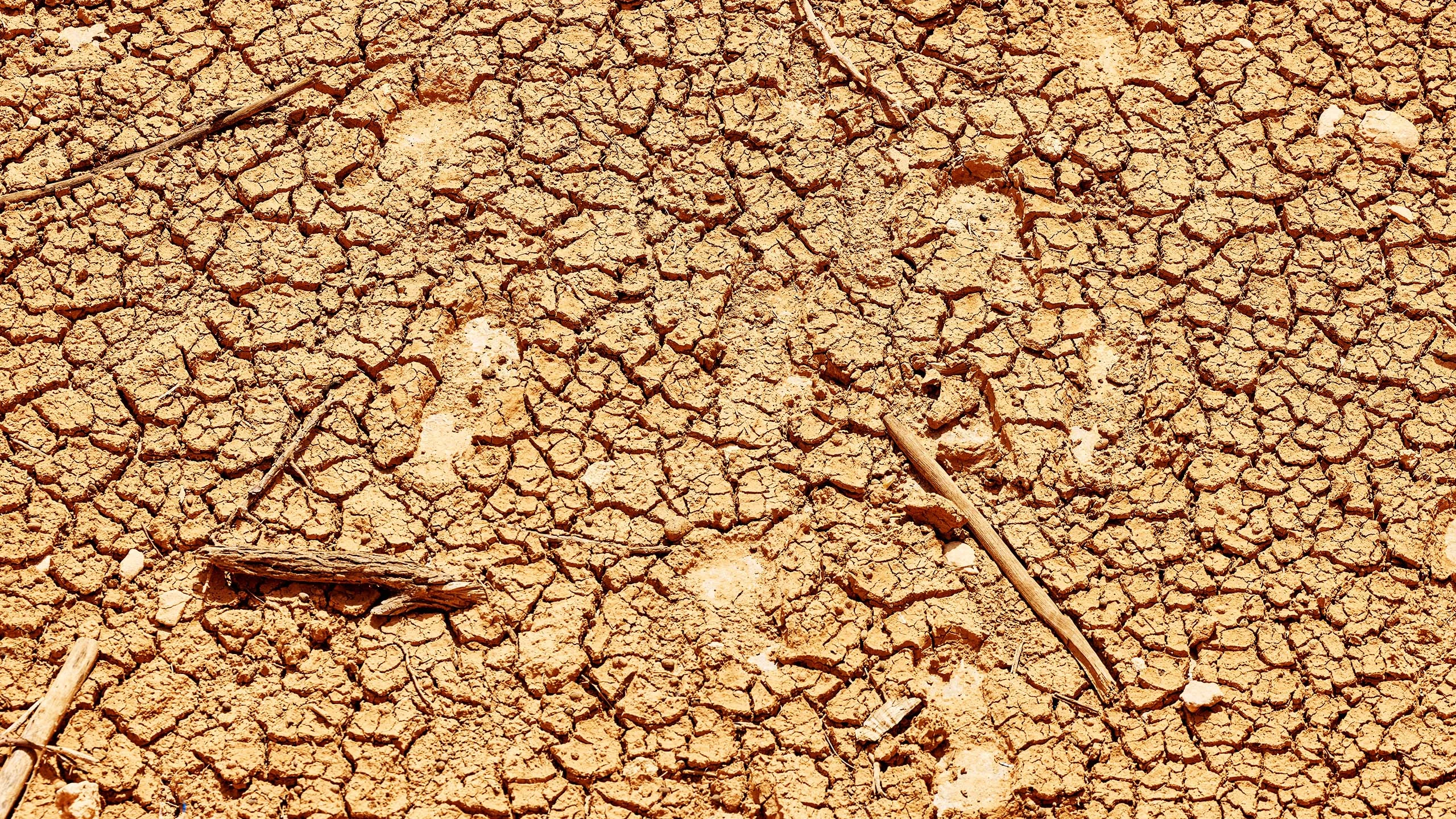
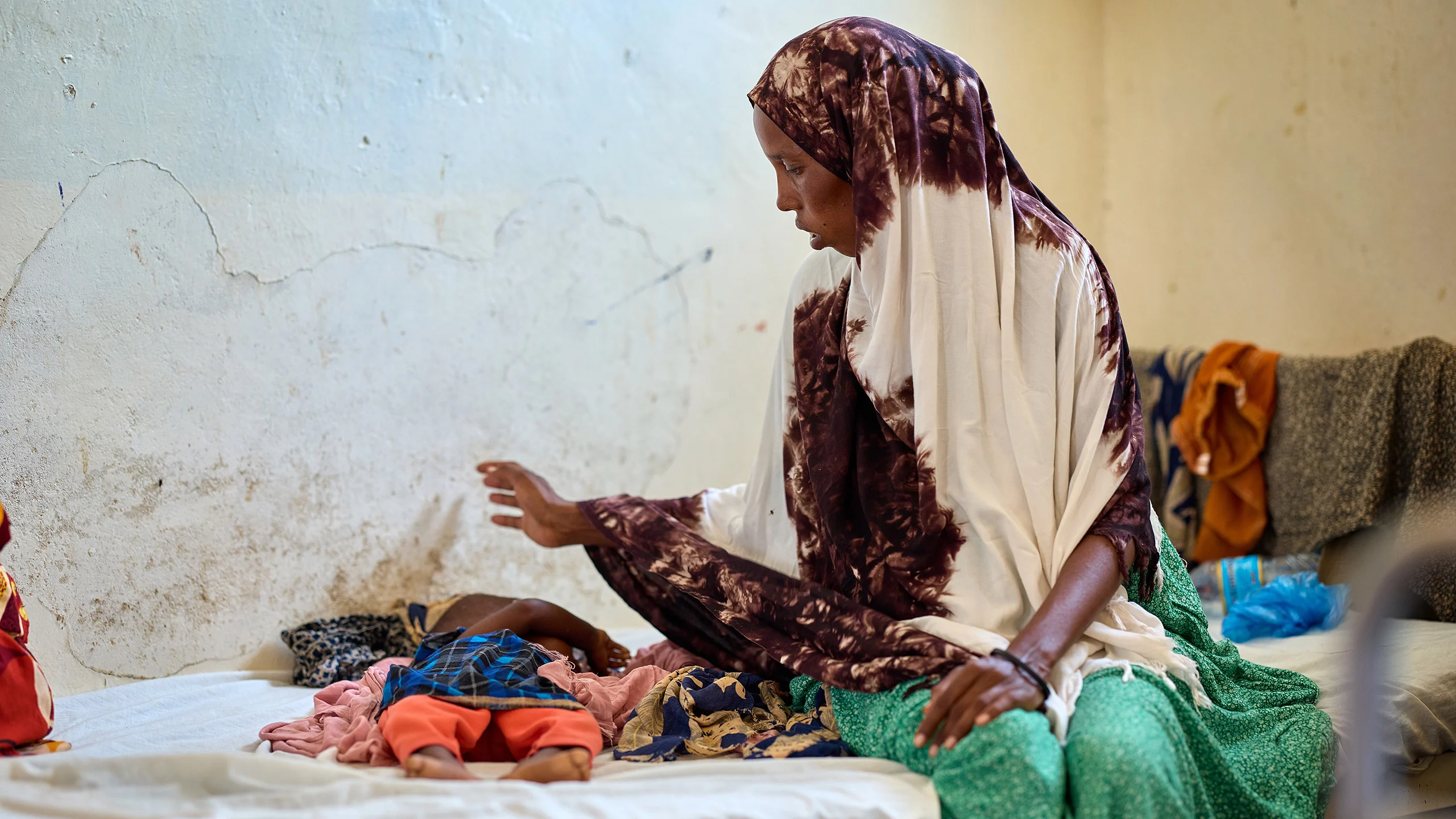
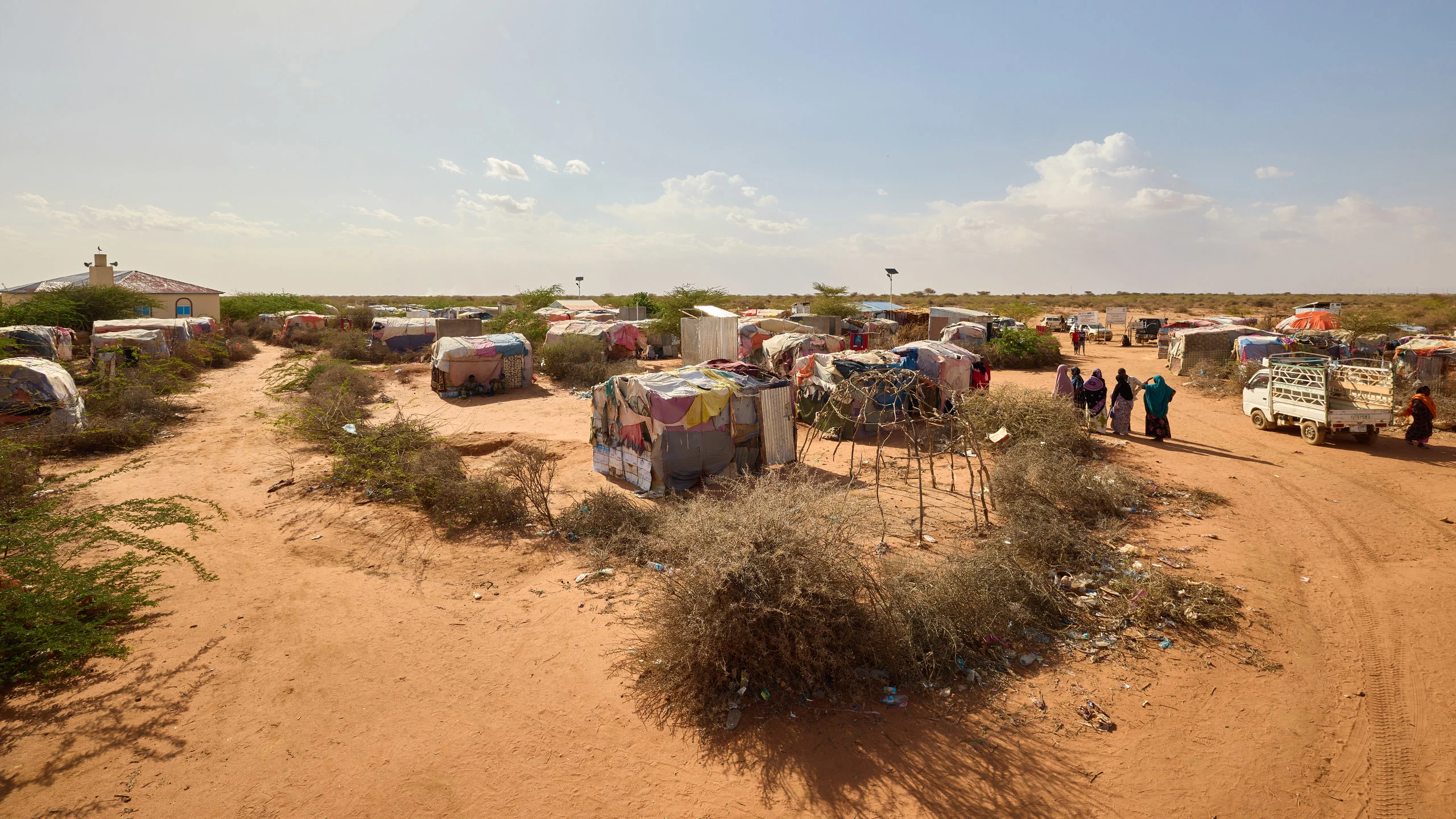
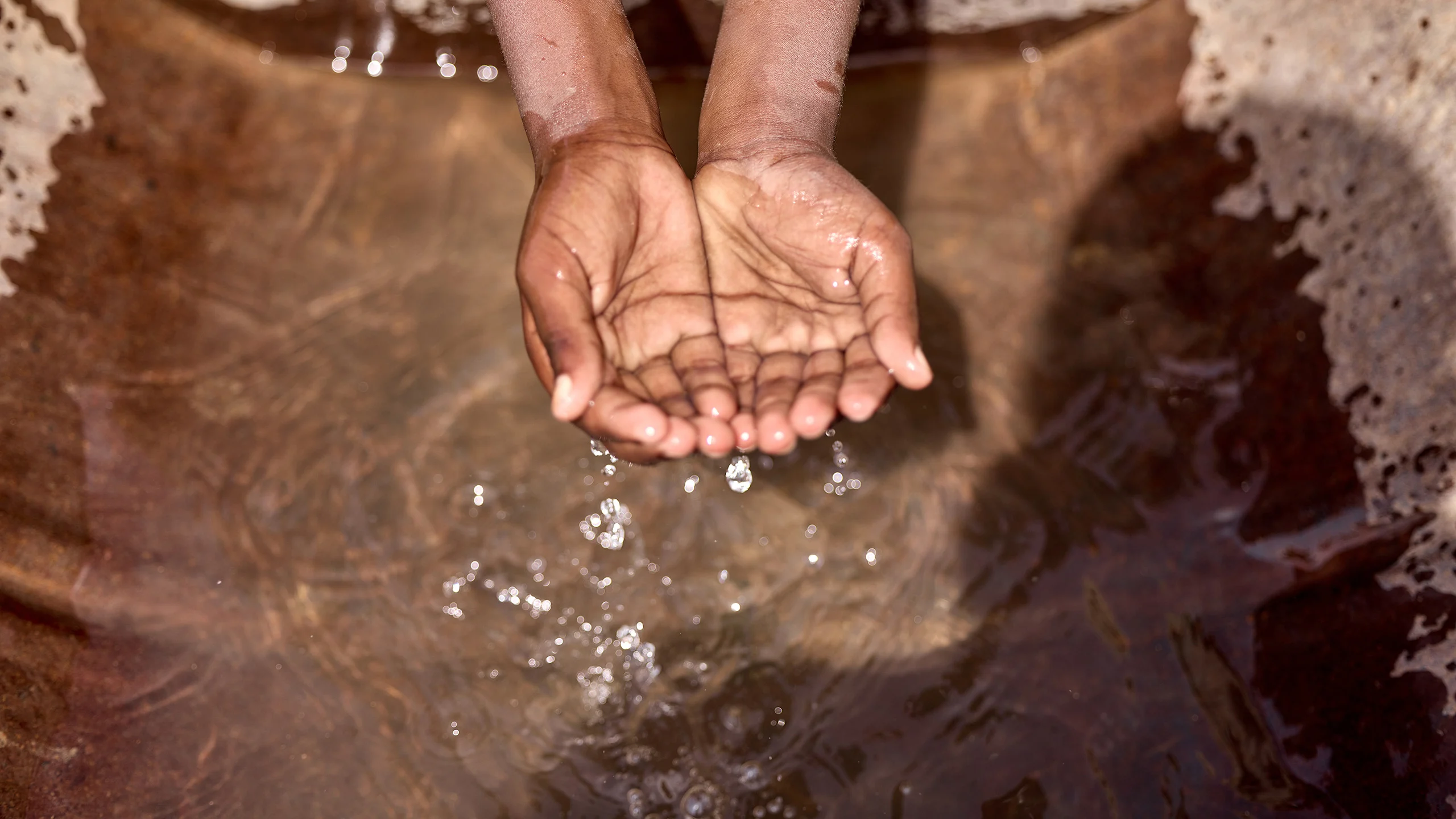
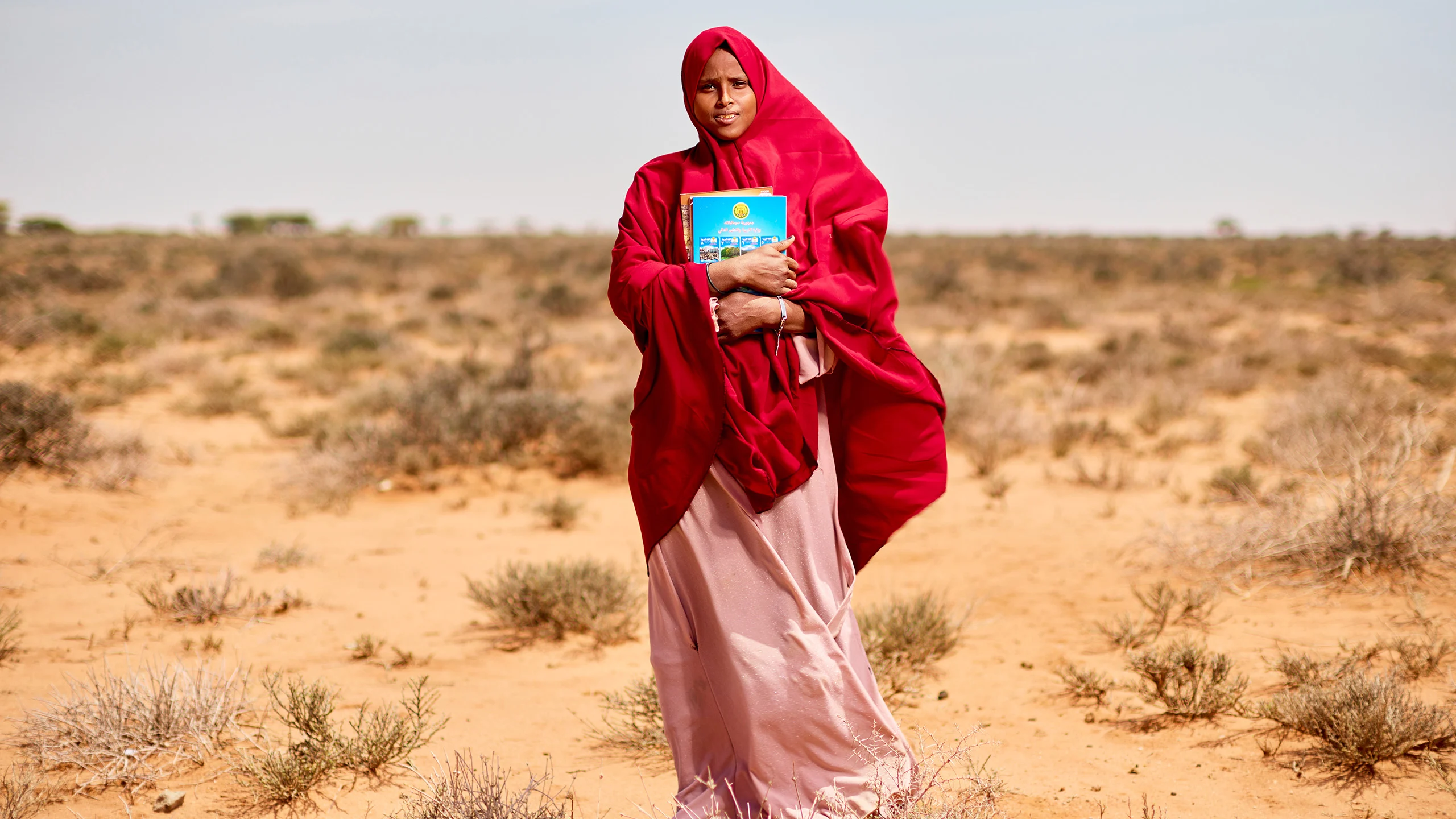
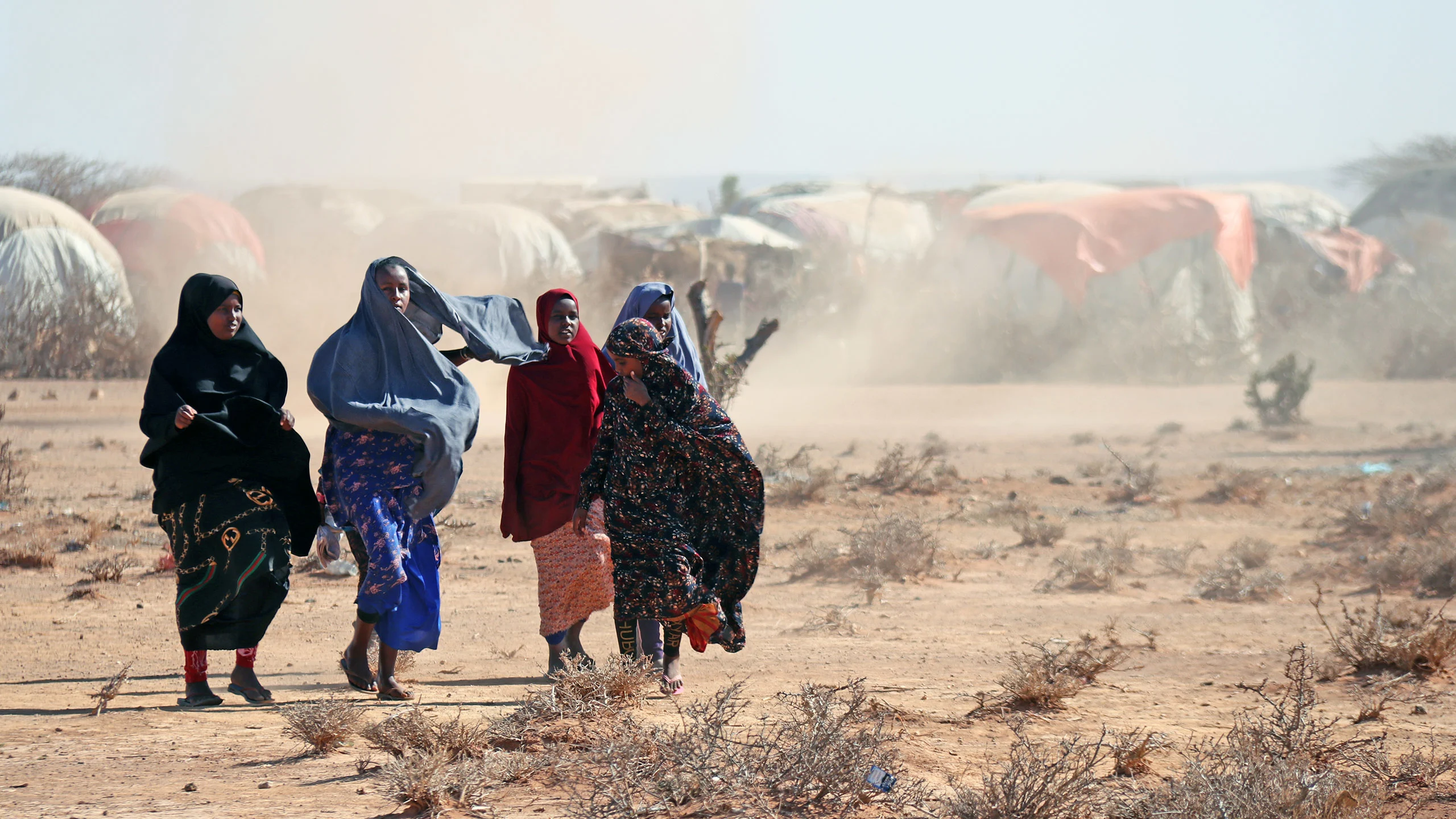
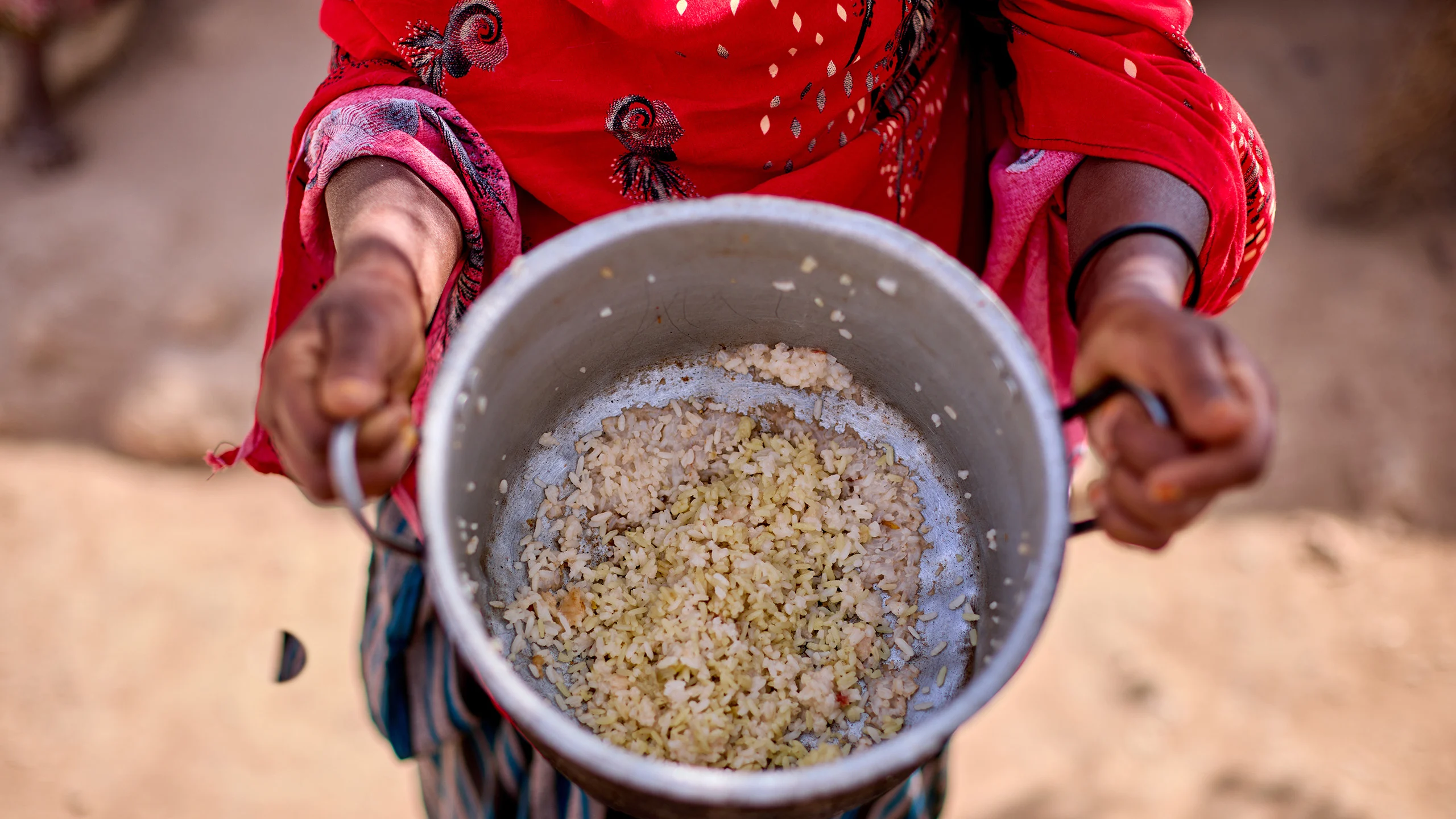
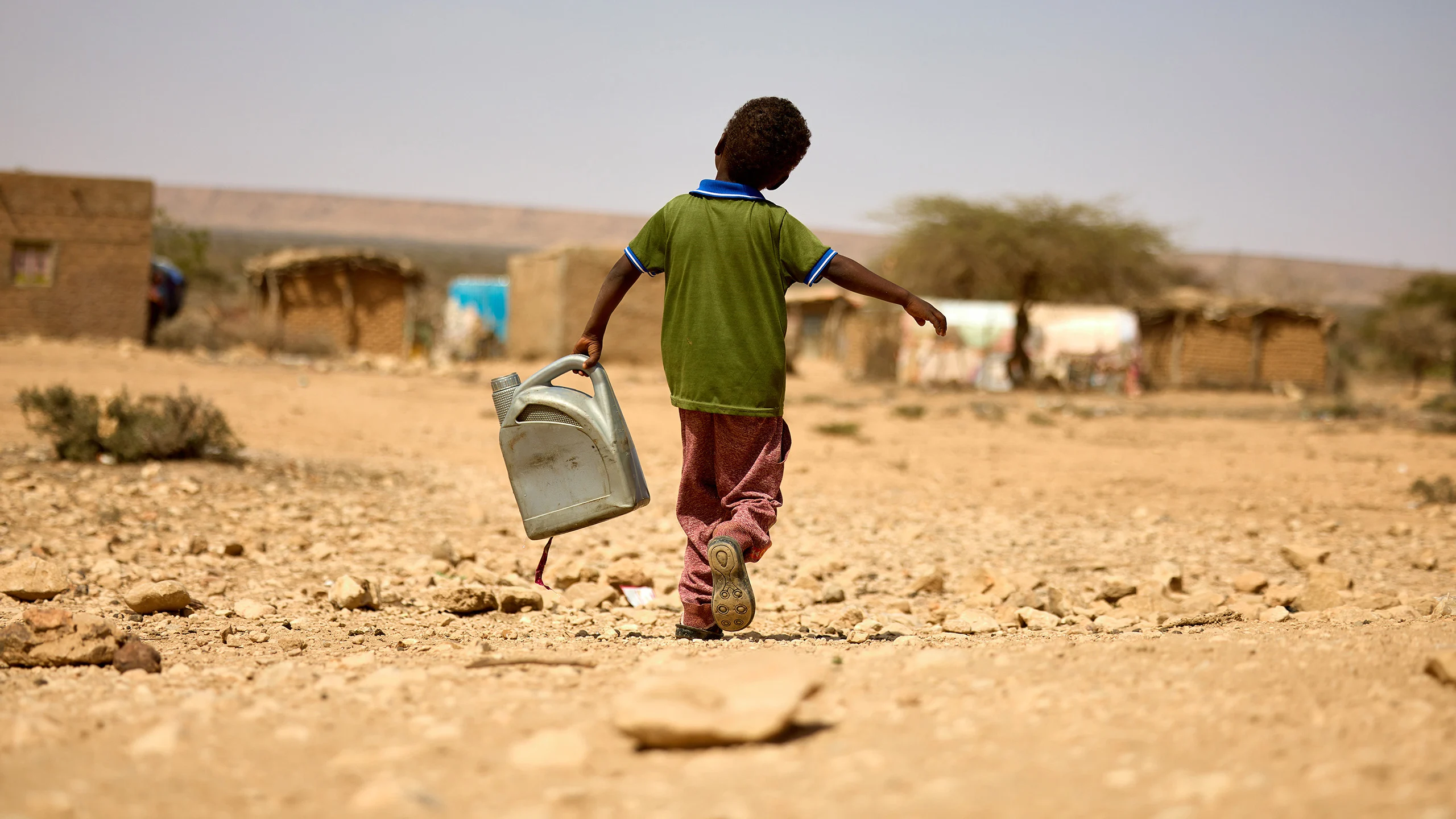
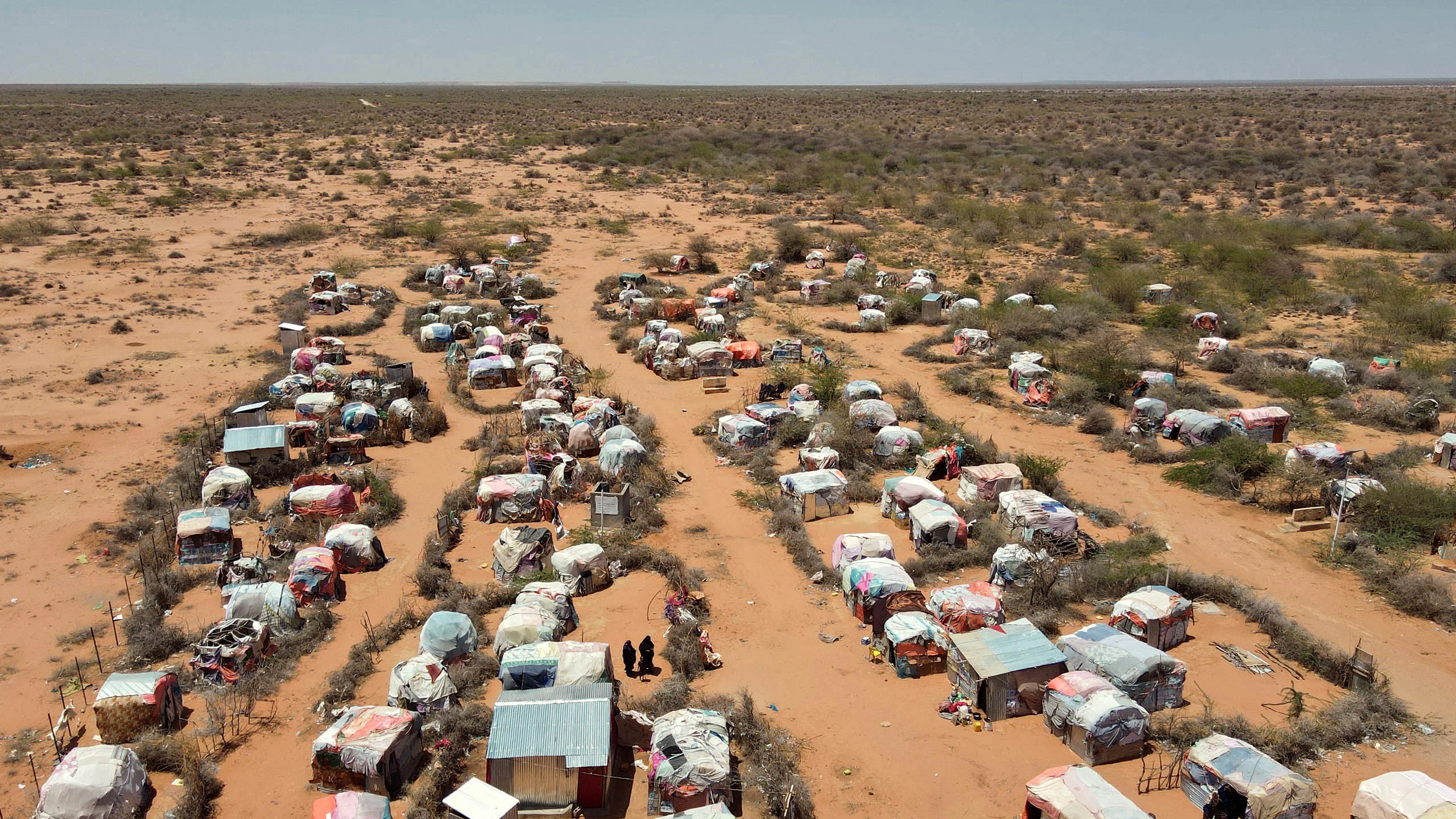
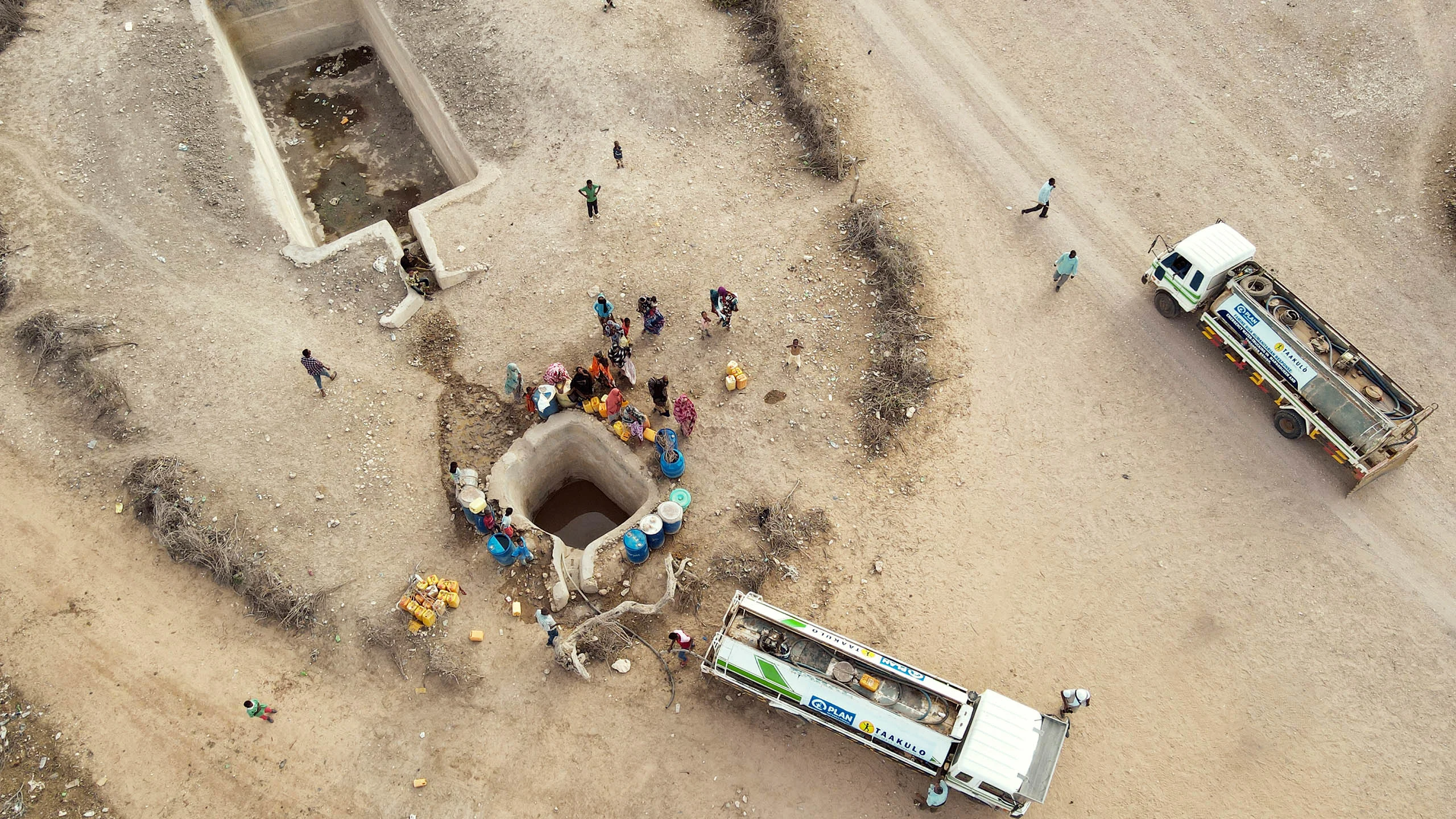
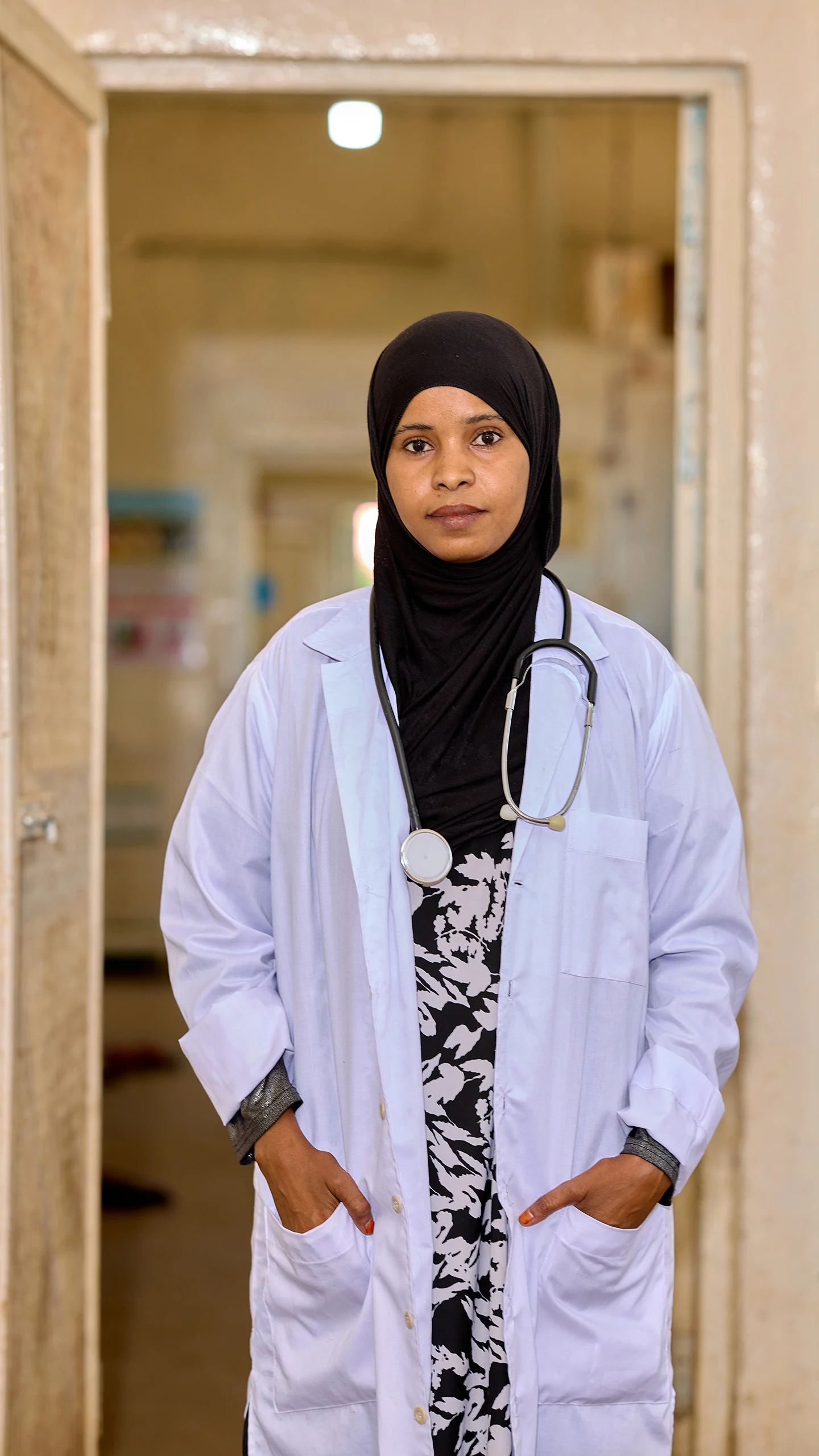

-4096x2734.webp)
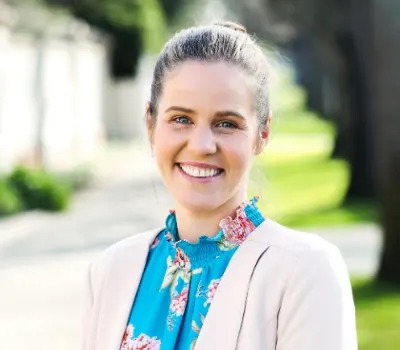

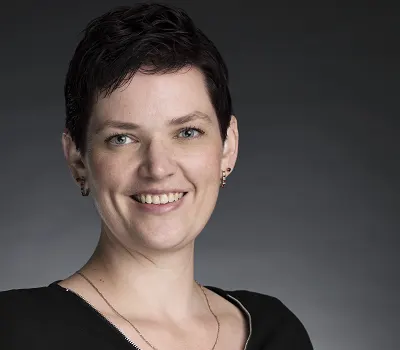
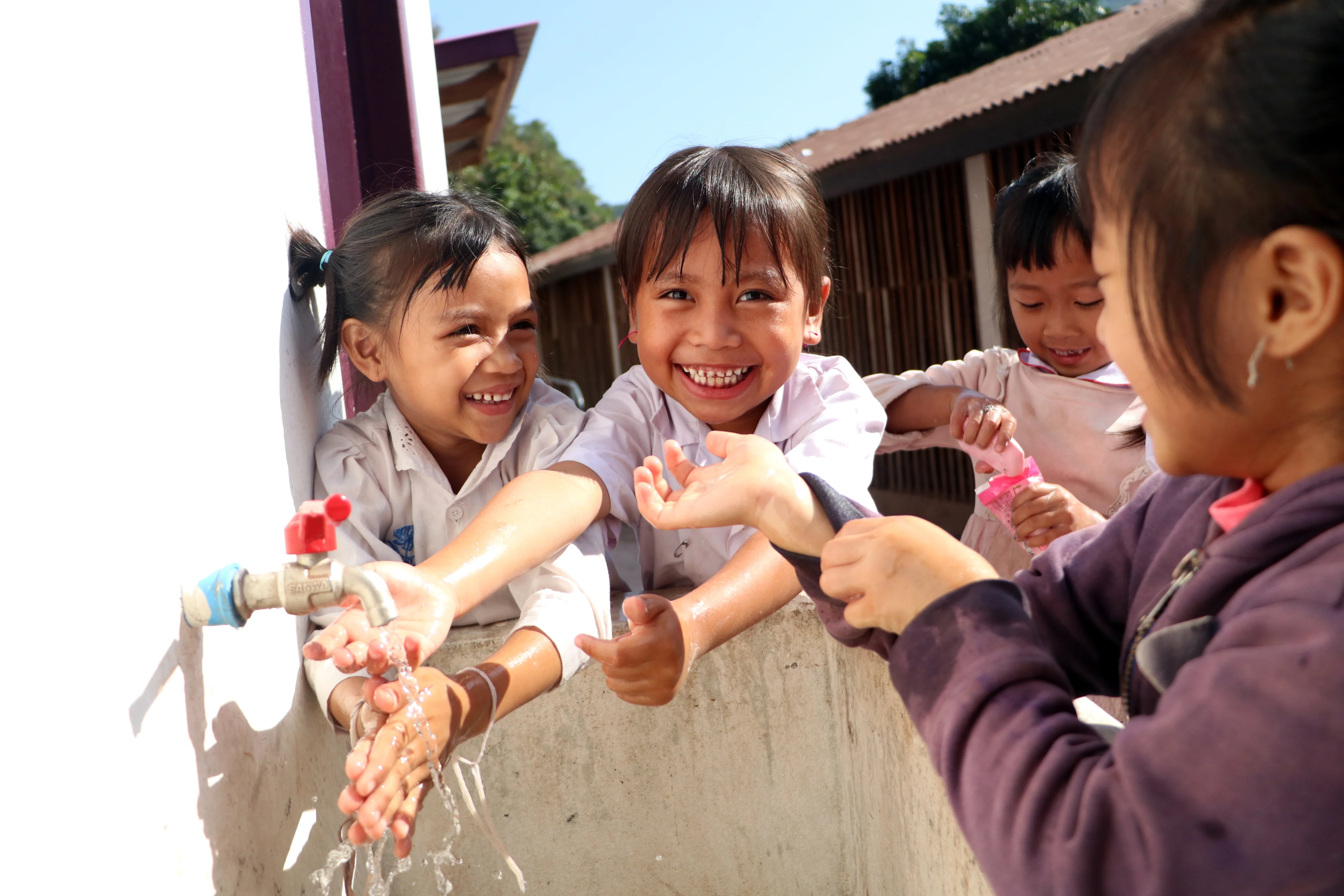
-4096x2731.webp)
